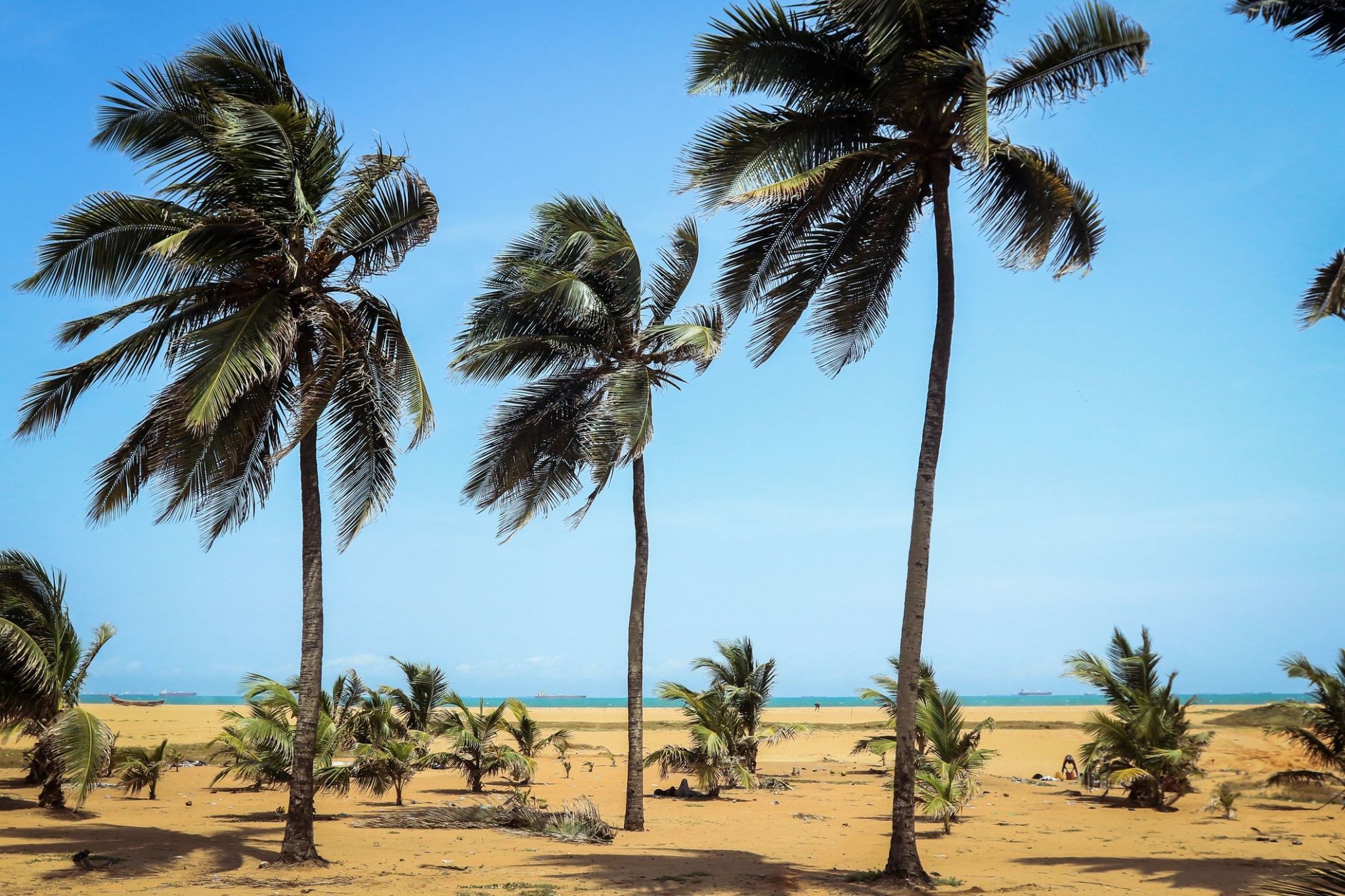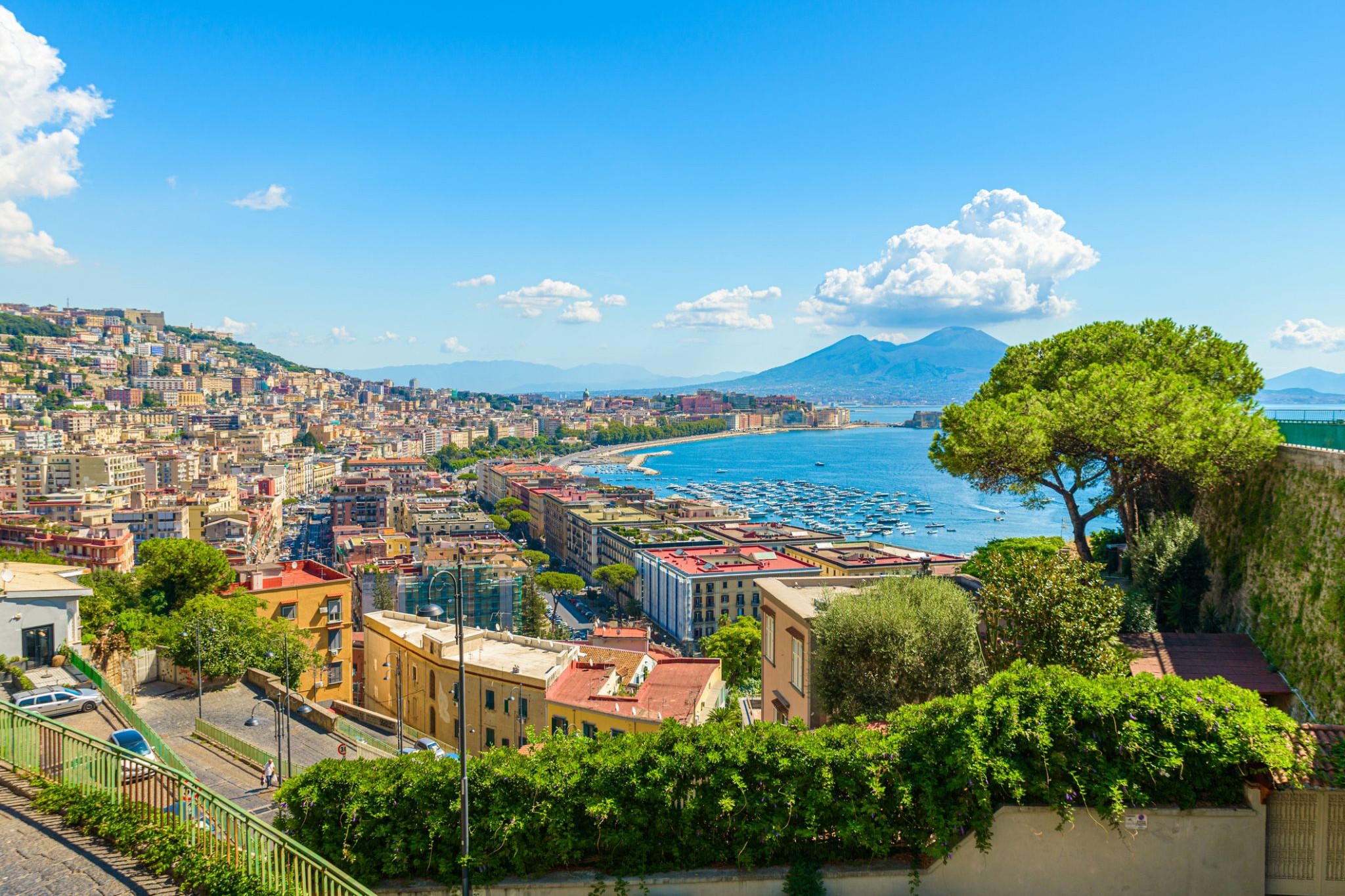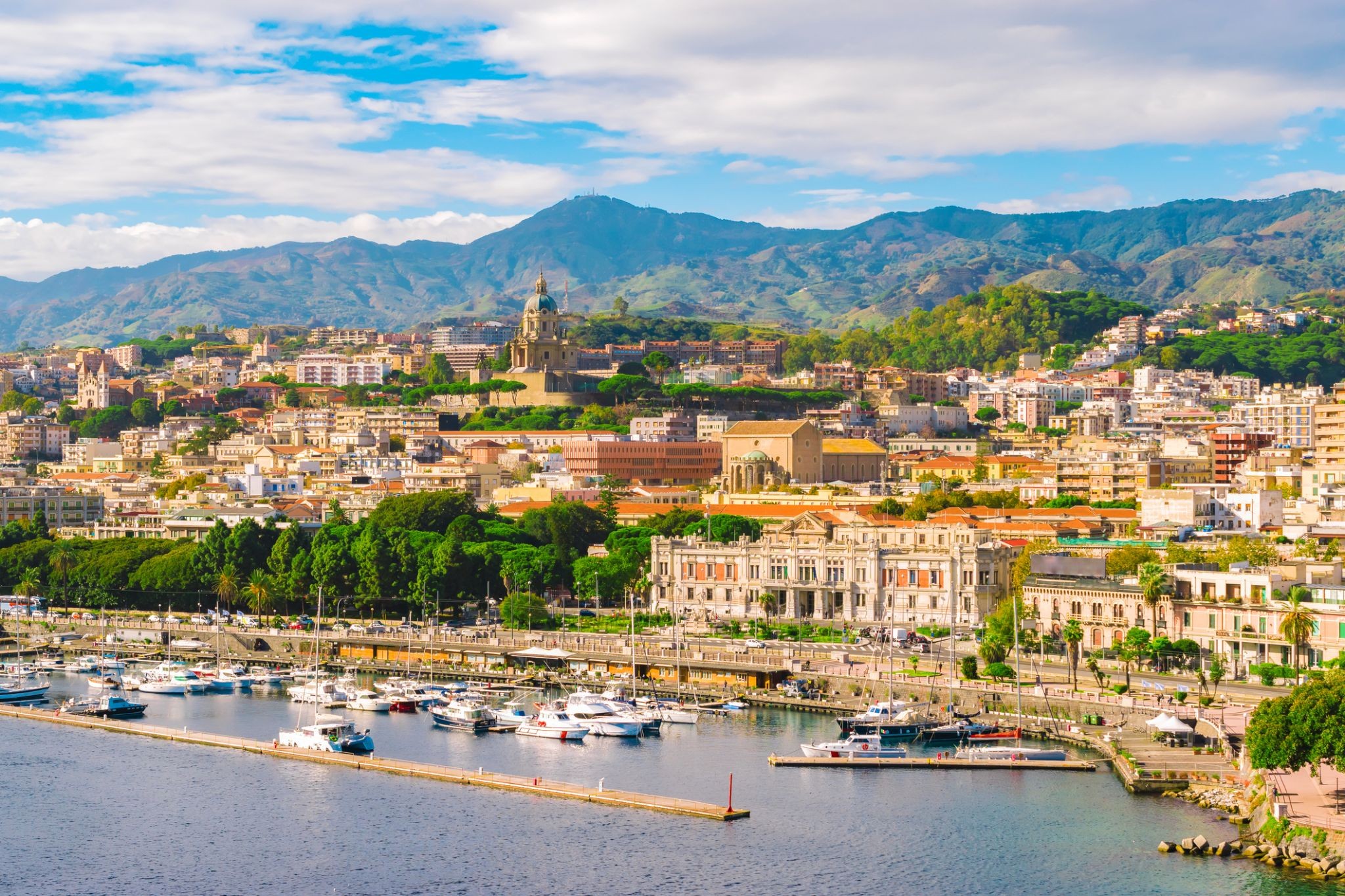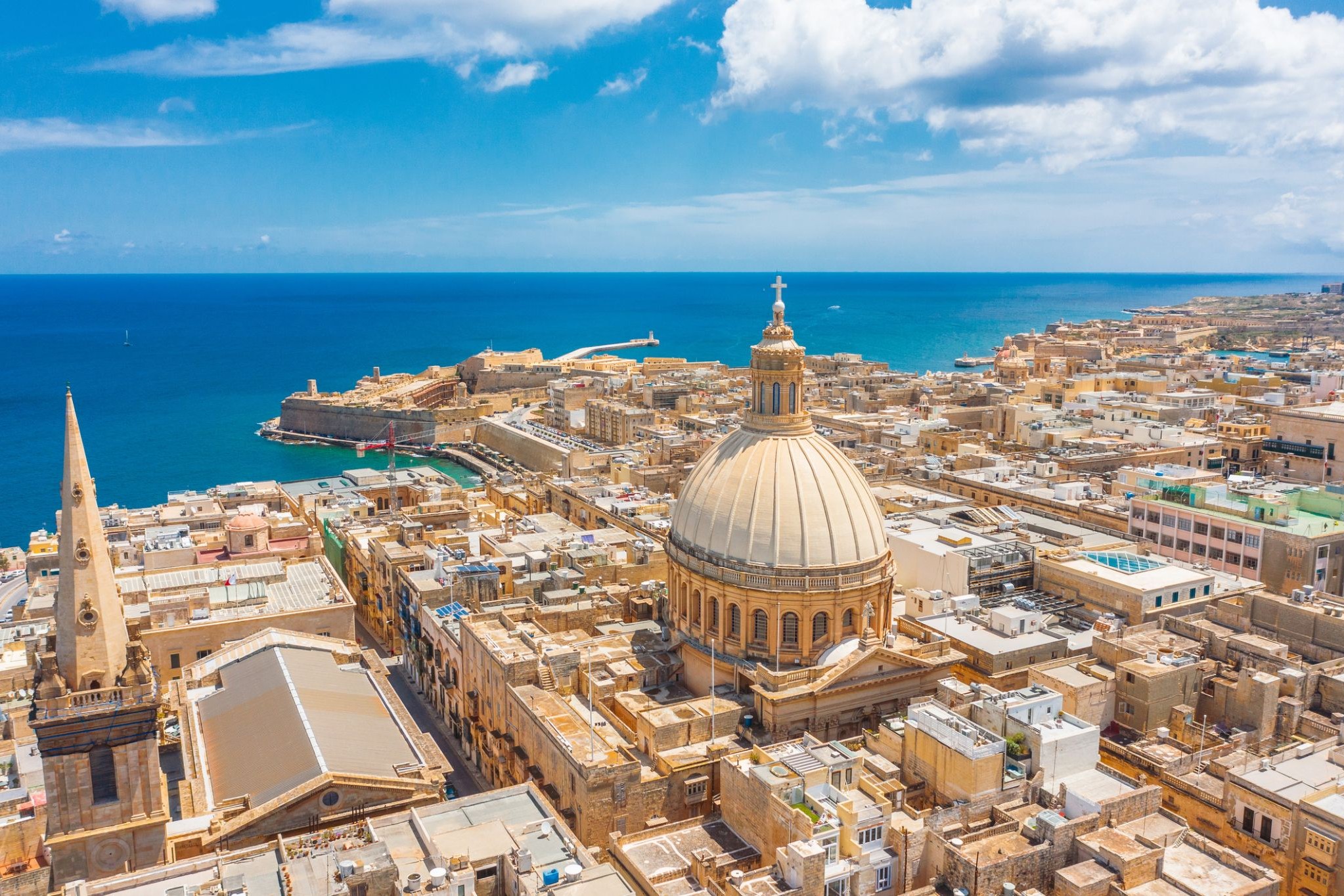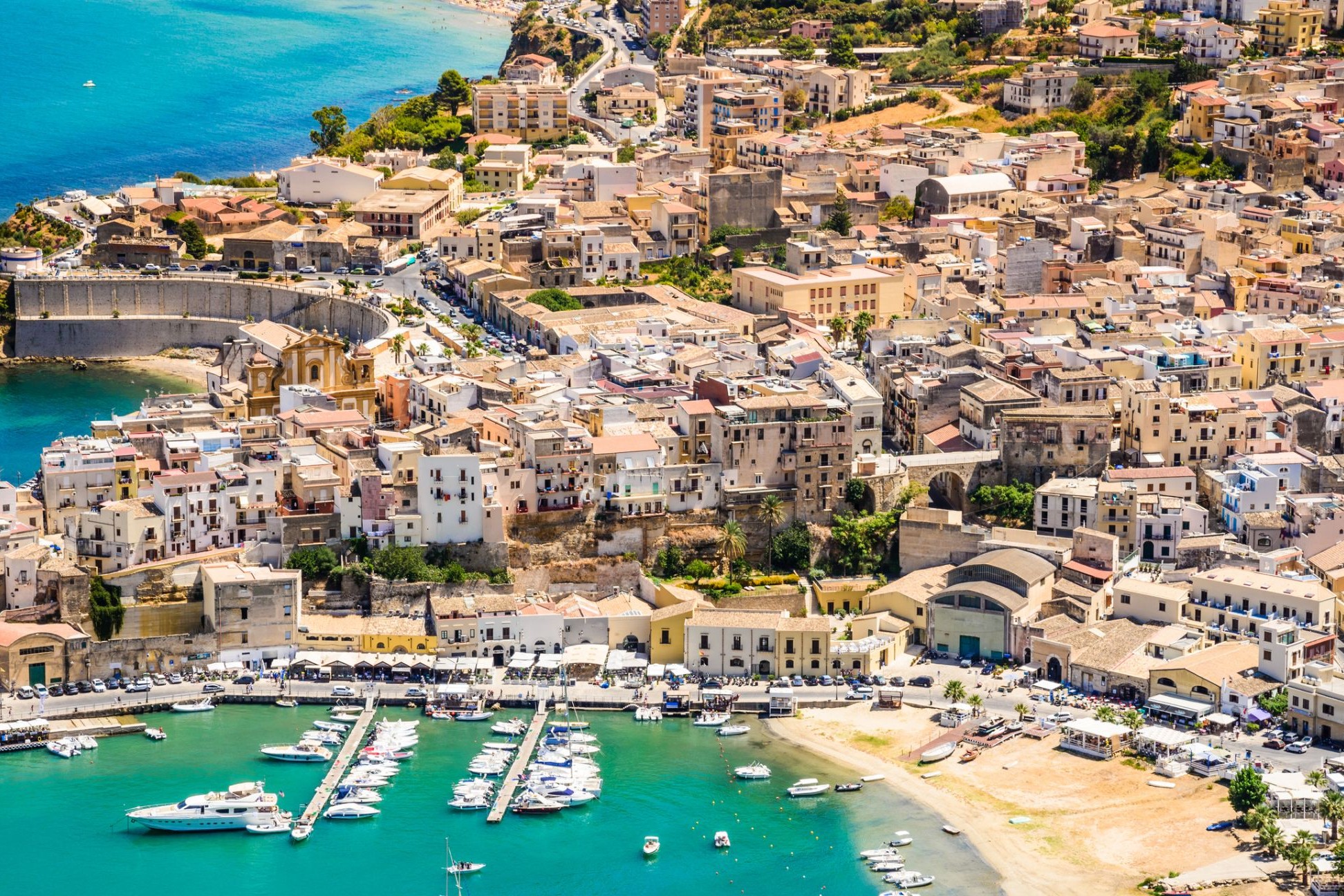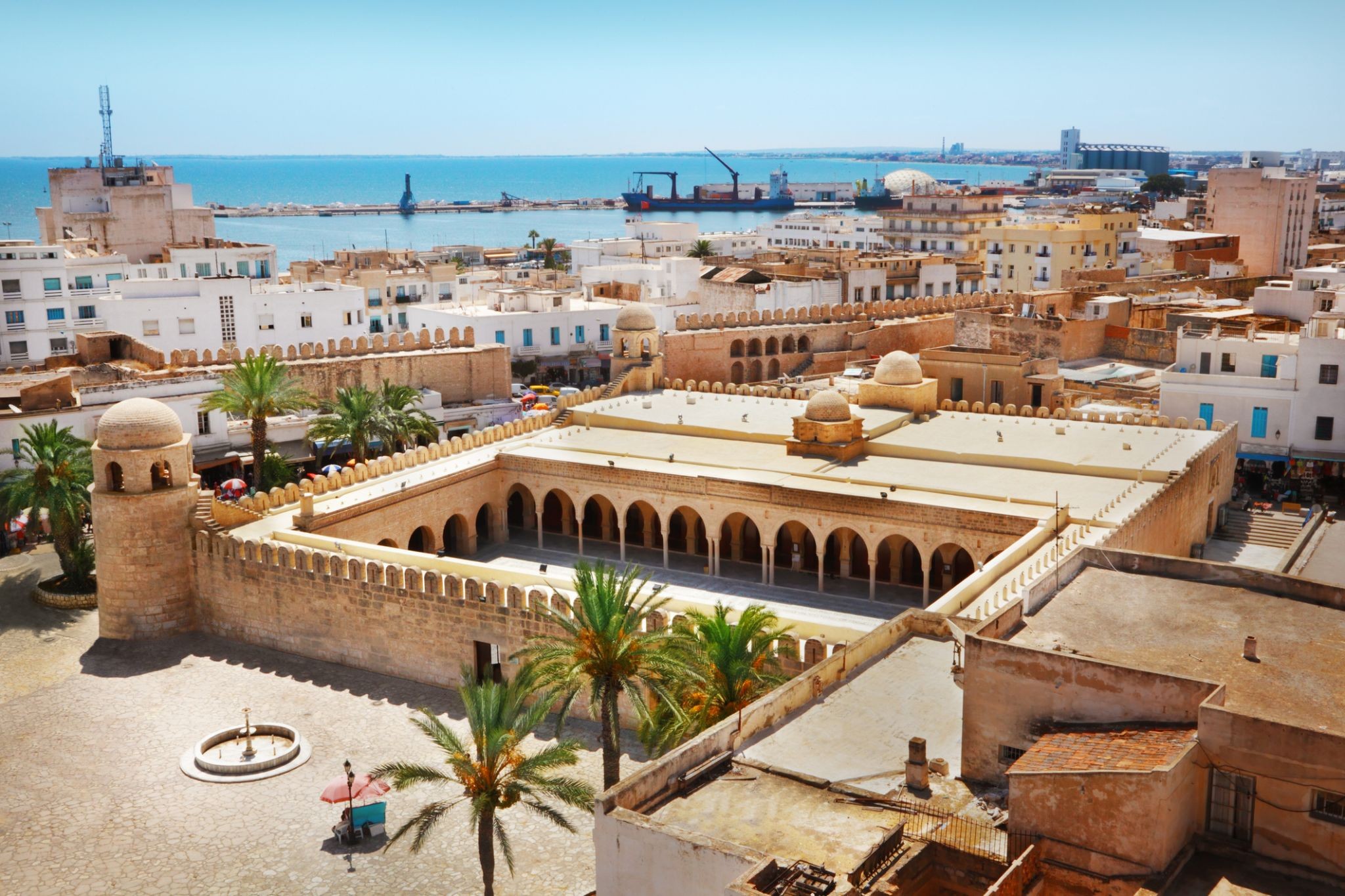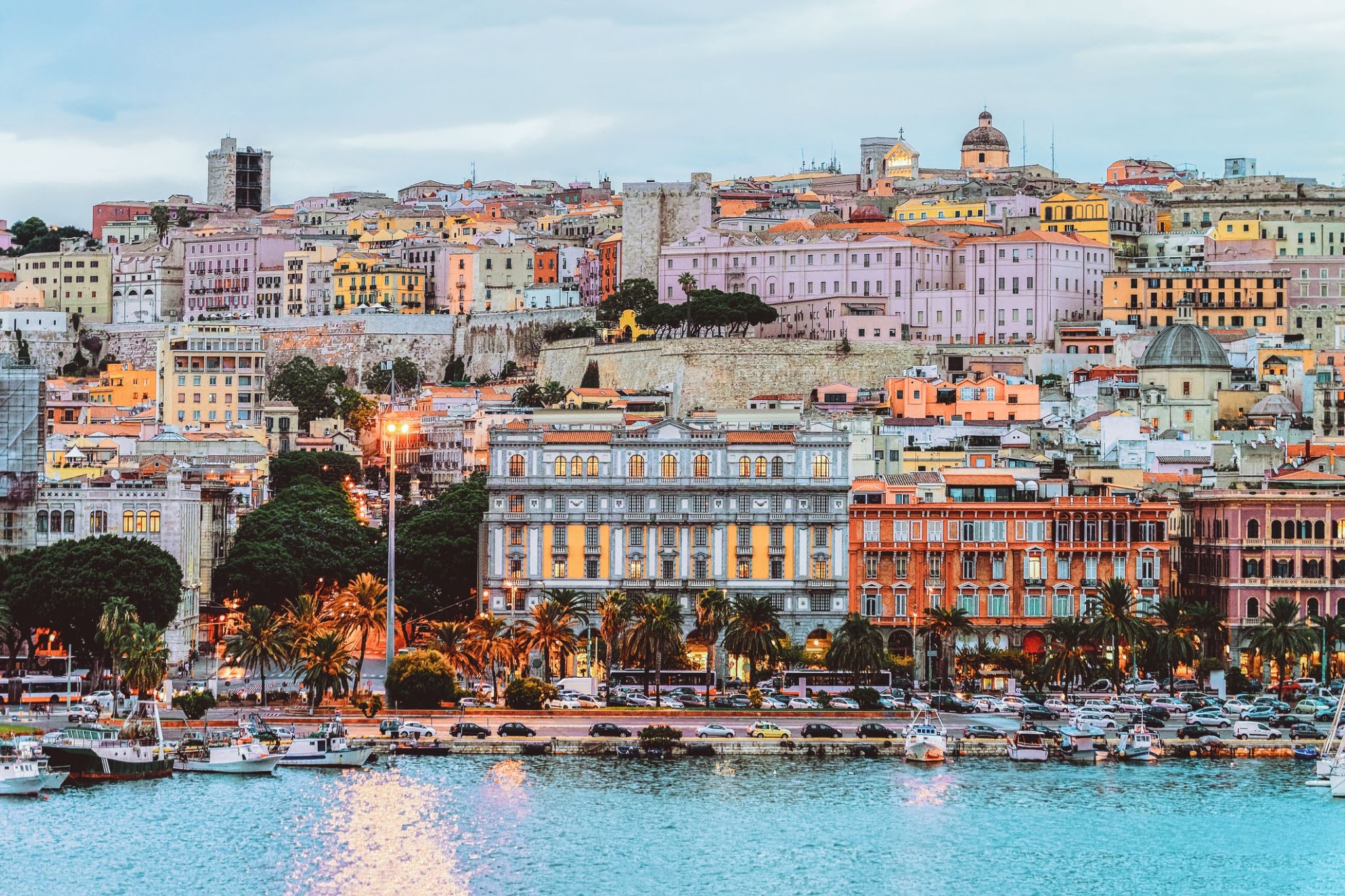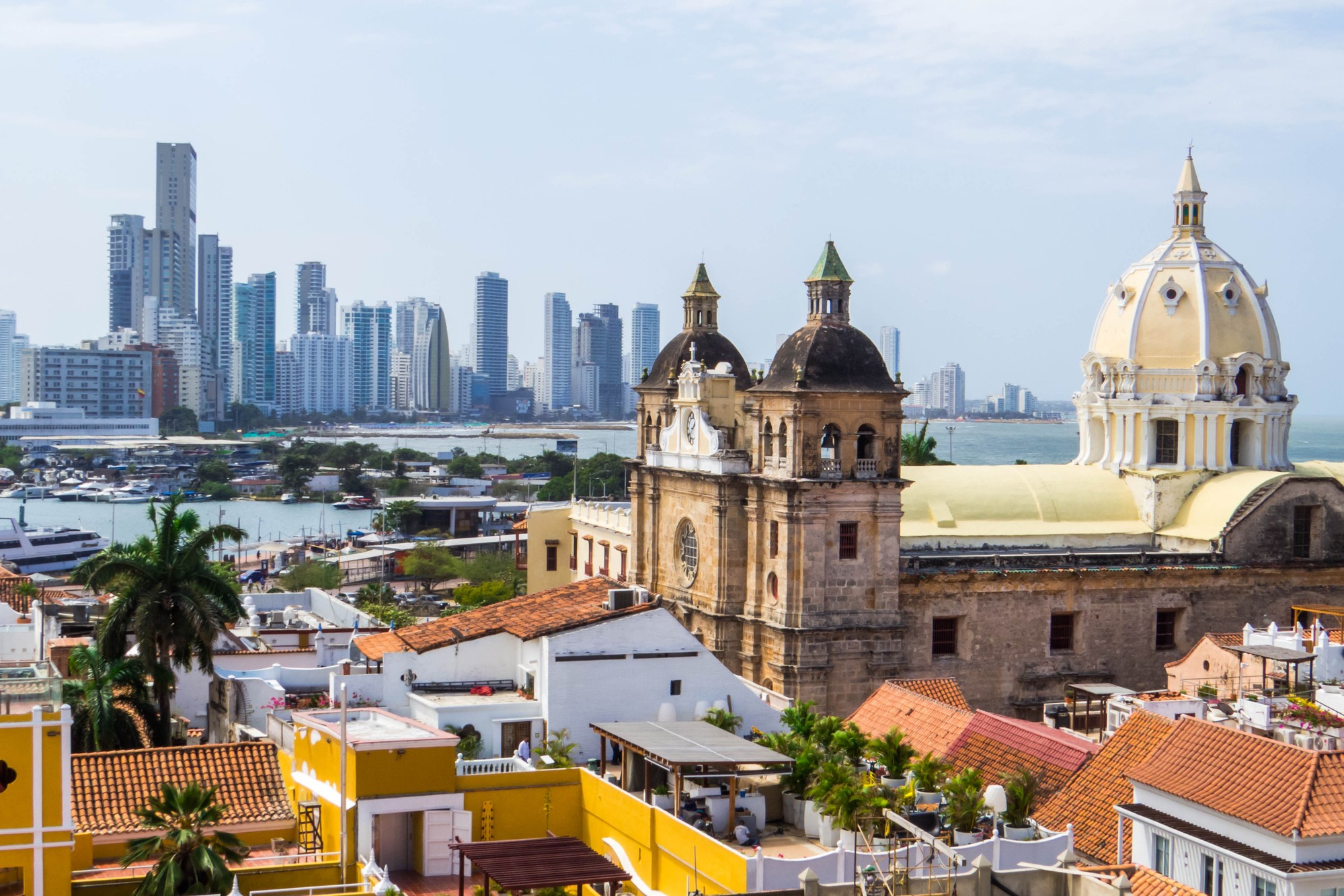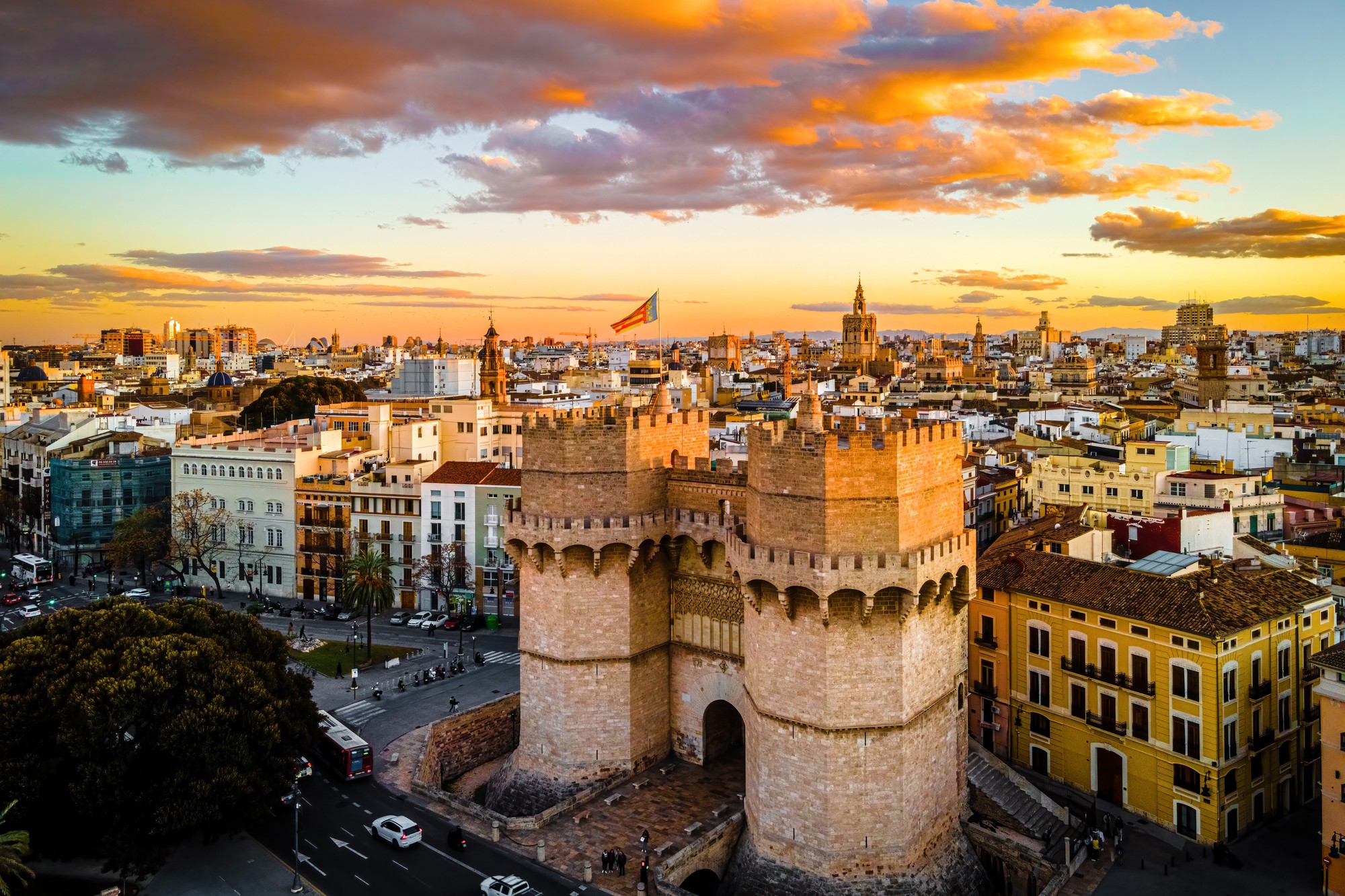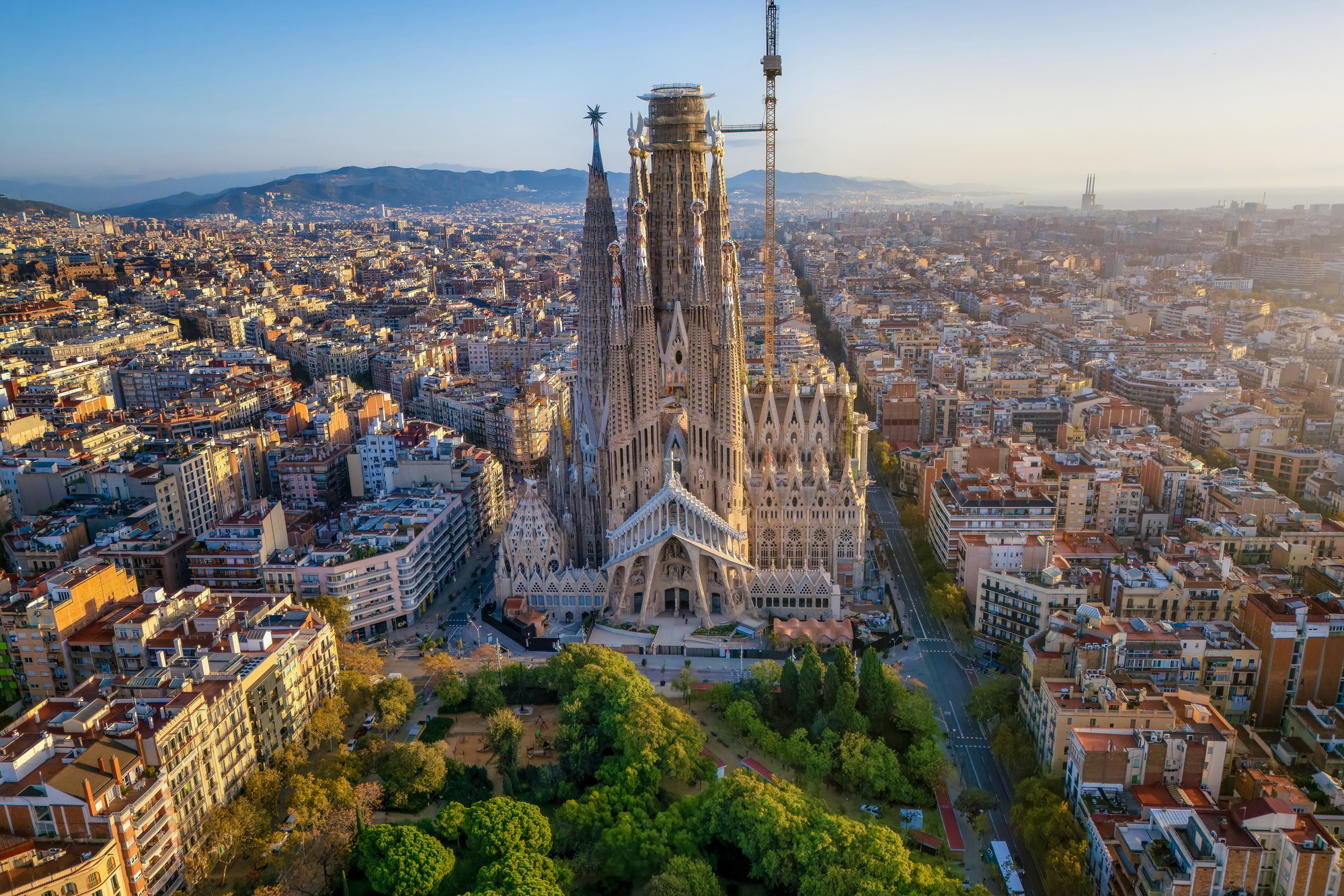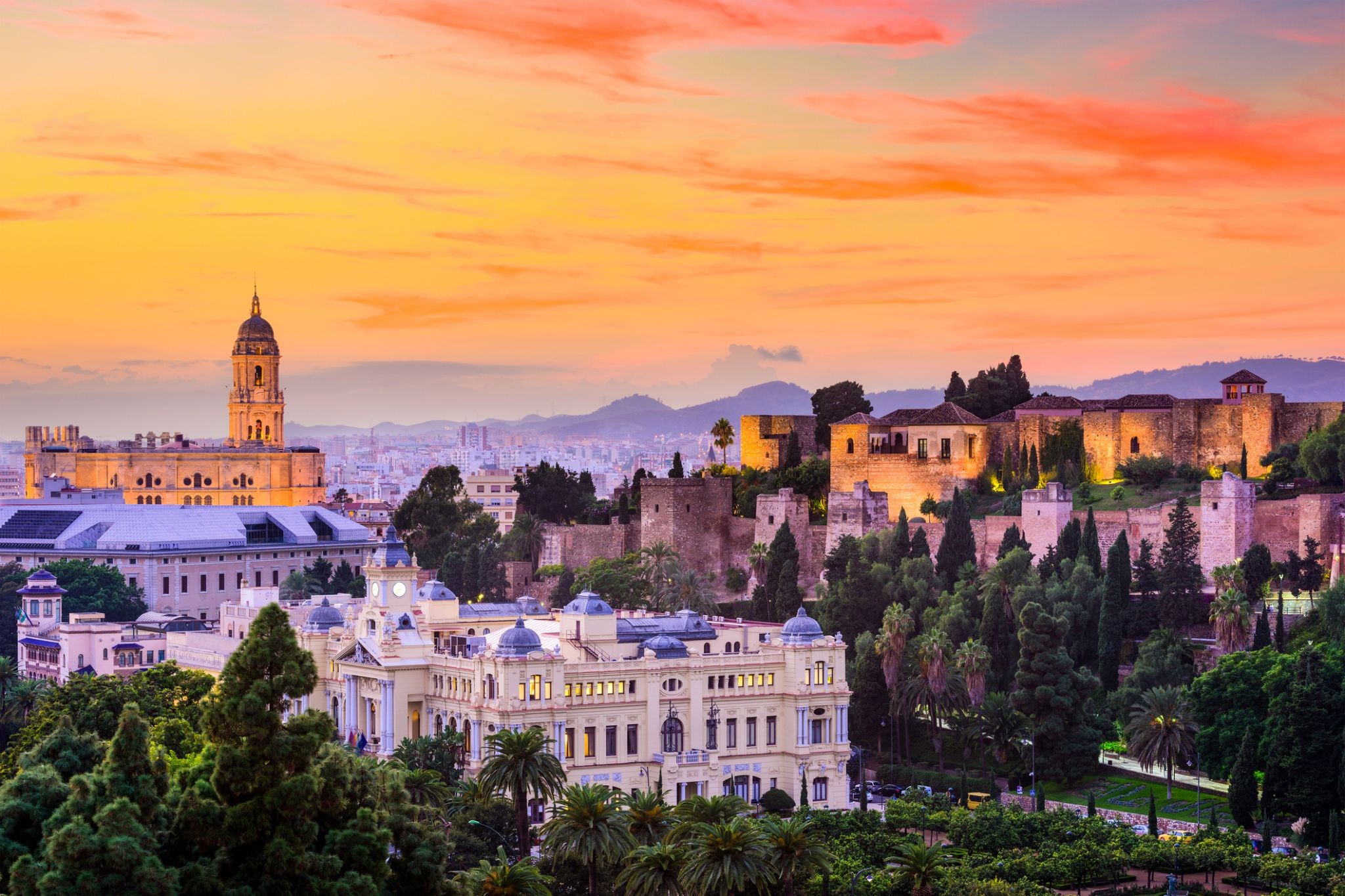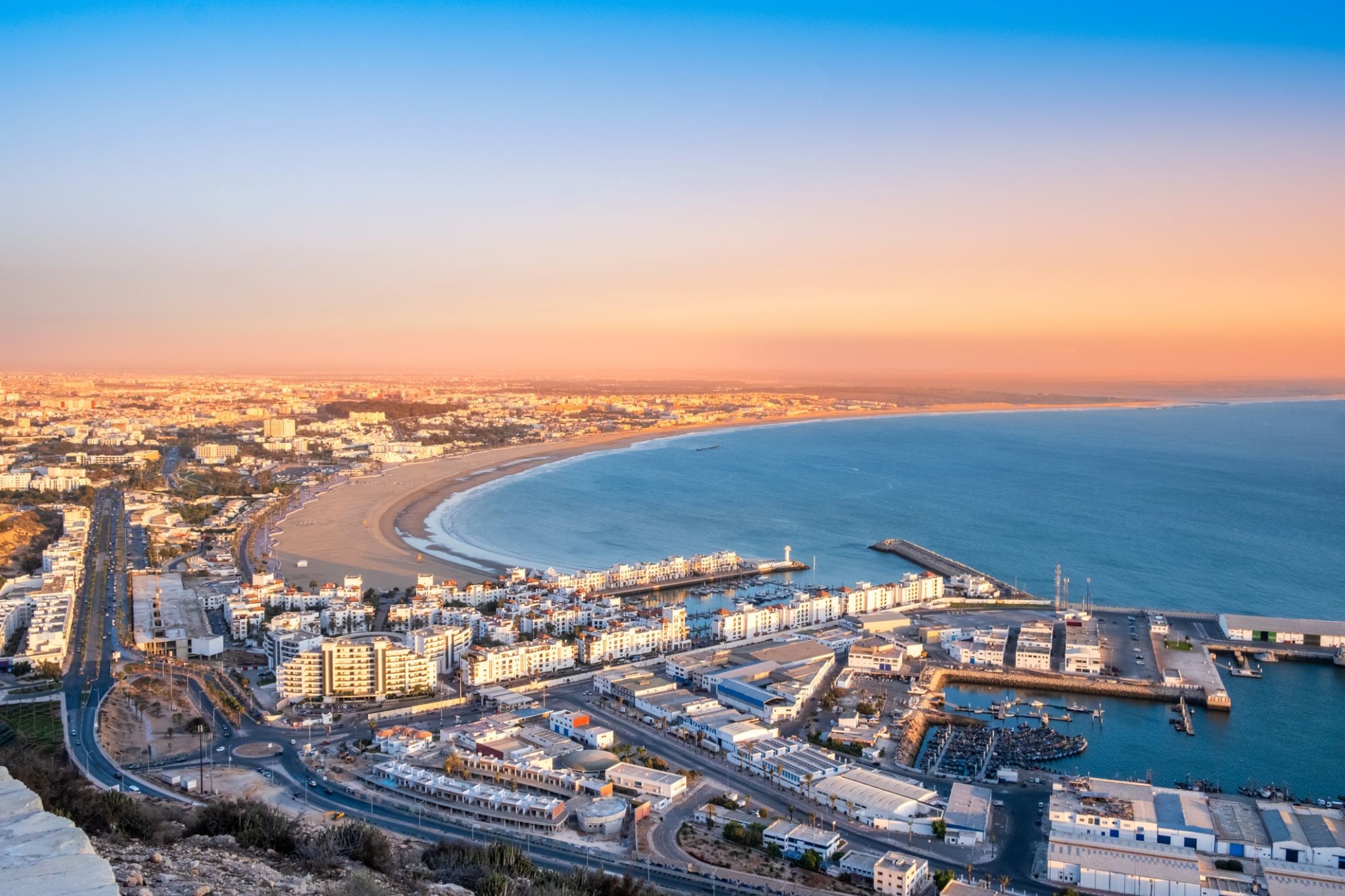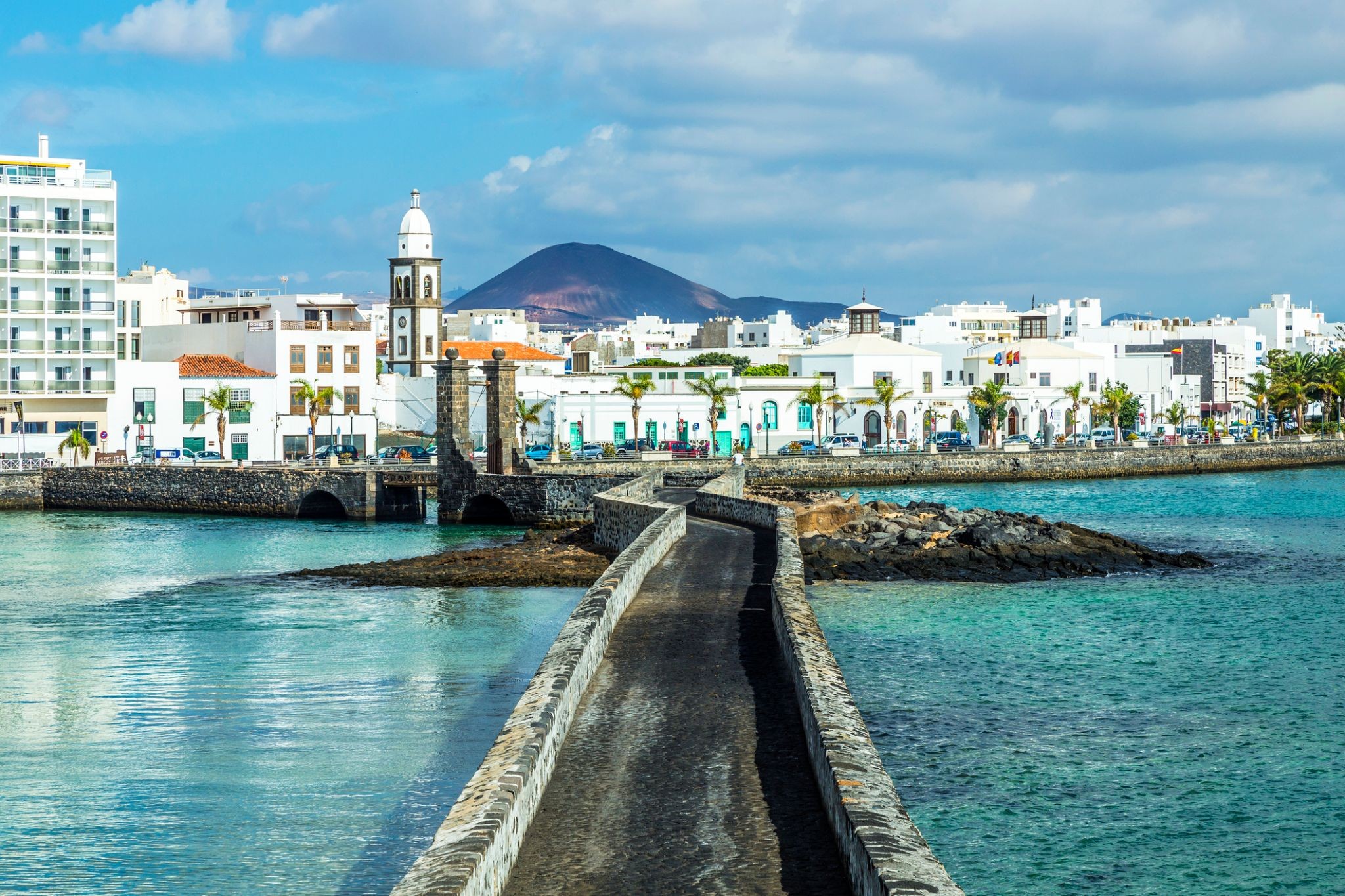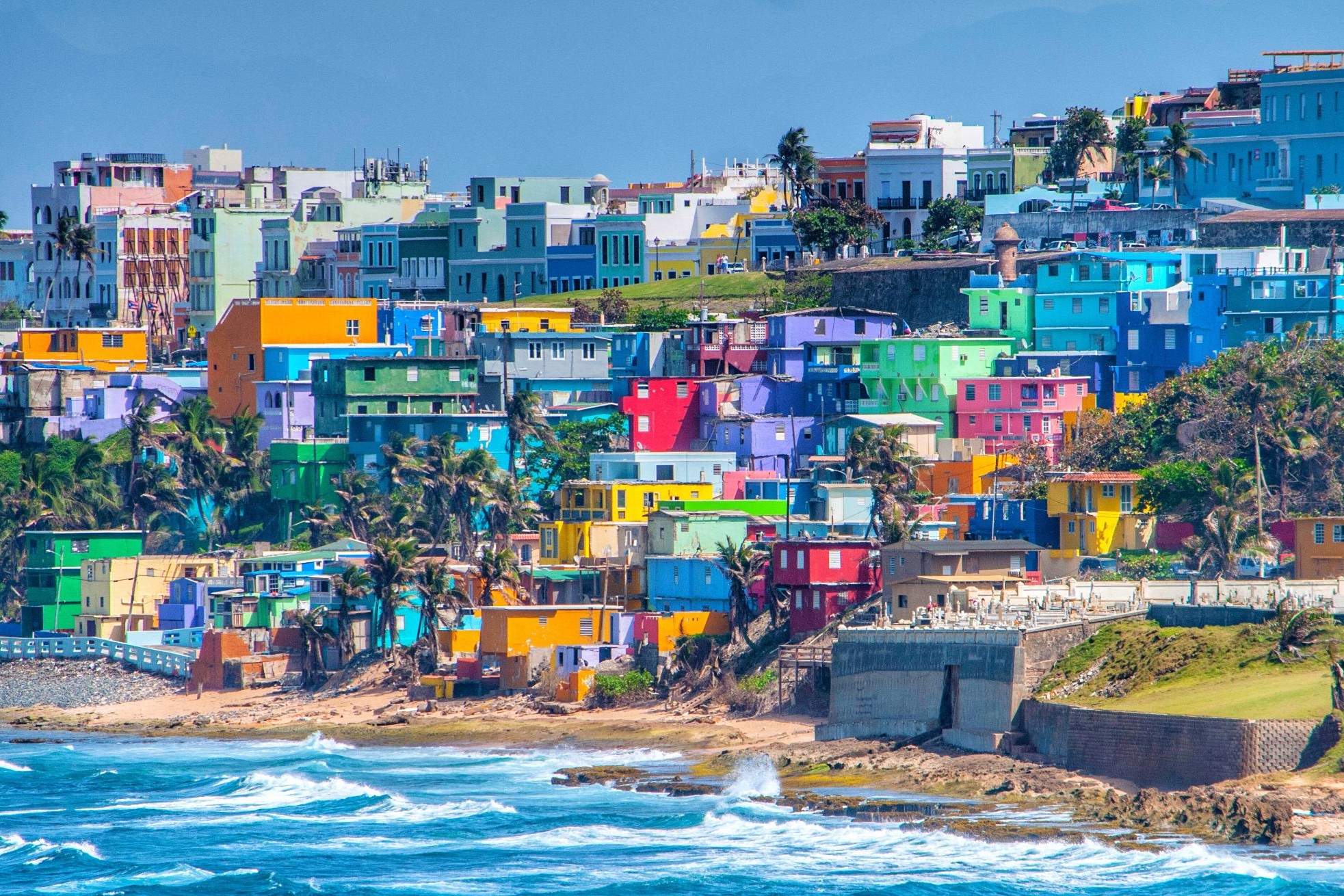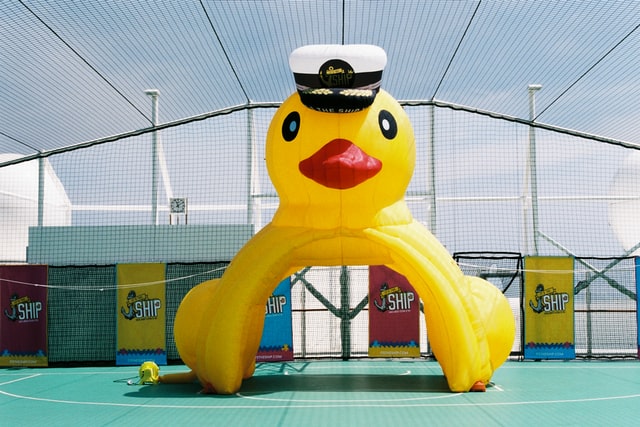
Rejs 30 941 092
Tak więc jesienne przejście
| Firma : Oceania Cruises |
| Statek : ALLURA |
| Data rozpoczęcia : sob. 07 lis 2026 |
| Data zakończenia : śr. 02 gru 2026 |
| Liczba nocy : 25 nocy |
Harmonogram
| Dzień | Data | Port | Wypłynięcie | Odpłynięcie |
|---|---|---|---|---|
| 1 | 7.11 sob. | Lome / Togo | 07:00 | 17:00 |
| 2 | 8.11 niedz. | Neapol / Włochy | 07:00 | 17:00 |
| 3 | 9.11 pon. | Messina, wł. Sycylia / Włochy | 07:00 | 17:00 |
| 4 | 10.11 wt. | Valletta / Malta | 07:00 | 17:00 |
| 5 | 11.11 śr. | Trapani / Włochy | 07:00 | 17:00 |
| 6 | 12.11 czw. | Tunezja / Tunisia | 07:00 | 17:00 |
| 7 | 13.11 pt. | Cagliari, Sardynia / Włochy | 07:00 | 17:00 |
| 8 | 14.11 sob. | Dzień na morzu / Morze | ||
| 9 | 15.11 niedz. | Cartagena de Indias / Kolumbia | 07:00 | 17:00 |
| 10 | 16.11 pon. | Walencja / Hiszpania | 07:00 | 17:00 |
| 11 | 17.11 wt. | Barcelona / Hiszpania | 07:00 | 17:00 |
| 12 | 18.11 śr. | Dzień na morzu / Morze | ||
| 13 | 19.11 czw. | Malaga / Hiszpania | 07:00 | 19:00 |
| 14 | 20.11 pt. | Dzień na morzu / Morze | ||
| 15 | 21.11 sob. | Agadir / Morocco | 07:00 | 16:00 |
| 16 | 22.11 niedz. | Arresife / Hiszpania | 07:00 | 13:00 |
| 17 | 23.11 pon. | Dzień na morzu / Morze | ||
| 18 | 24.11 wt. | Dzień na morzu / Morze | ||
| 19 | 25.11 śr. | Dzień na morzu / Morze | ||
| 20 | 26.11 czw. | Dzień na morzu / Morze | ||
| 21 | 27.11 pt. | Dzień na morzu / Morze | ||
| 22 | 28.11 sob. | Dzień na morzu / Morze | ||
| 23 | 29.11 niedz. | San Juan / Portoryko | 11:00 | 20:00 |
| 24 | 30.11 pon. | Dzień na morzu / Morze | ||
| 25 | 1.12 wt. | Dzień na morzu / Morze | ||
| 26 | 2.12 śr. | Miami / USA | 07:00 | 16:00 |
-
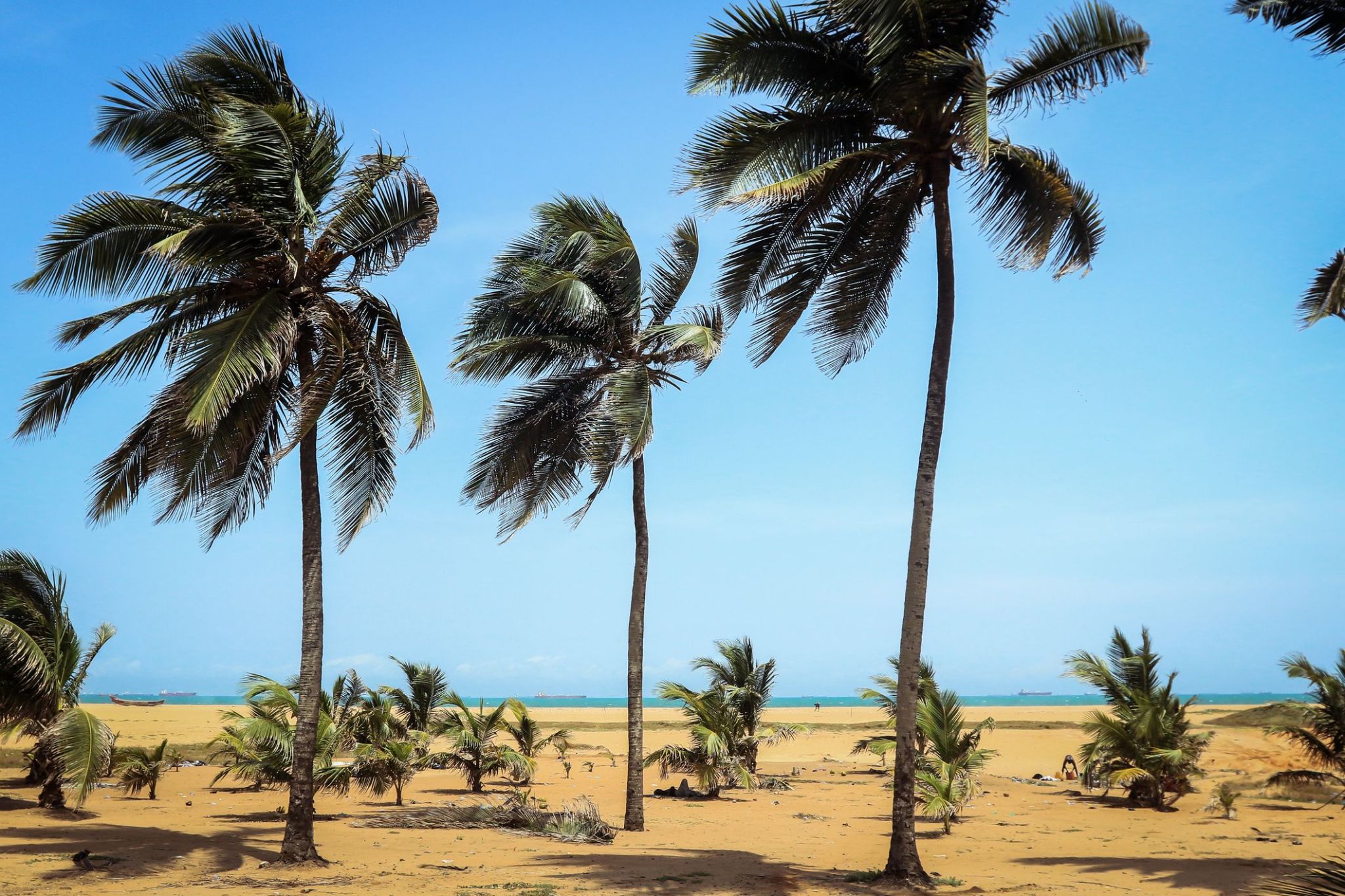 Dzień 1: 07:00-17:00
Dzień 1: 07:00-17:00Lome / Togo
Lomé is the capital and largest city of Togo. It has an urban population of 837,437[1] while there were 1,570,283 permanent residents in its metropolitan area as of the 2011 census. Located on the Gulf of Guinea, Lomé is the country's administrative and industrial center, which includes an oil refinery, and its chief port, where it exports coffee, cocoa, copra, and palm kernels.
-
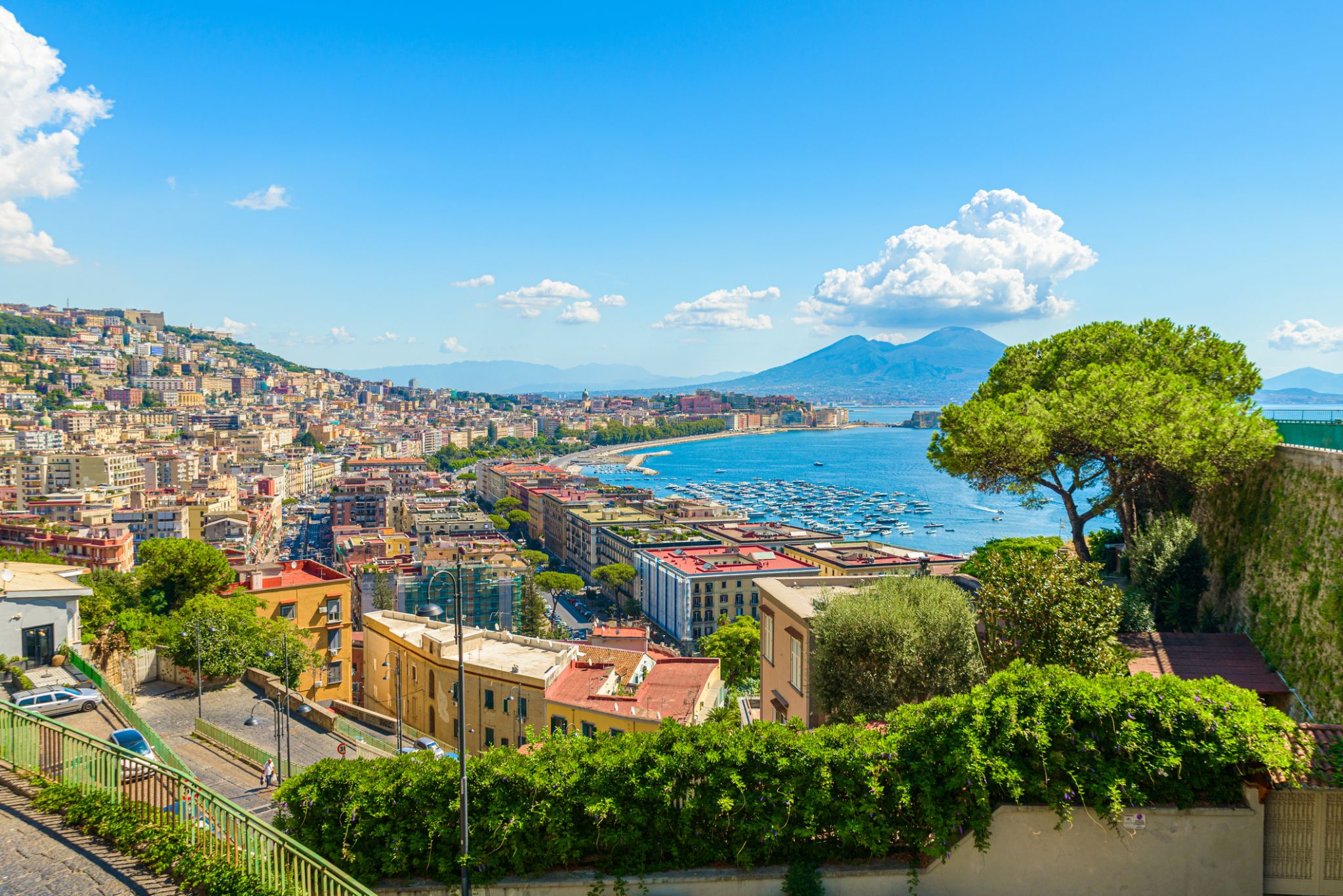 Dzień 2: 07:00-17:00
Dzień 2: 07:00-17:00Neapol / Włochy
Naples is the regional capital of Campania and the third-largest municipality in Italyafter Rome and Milan. In 2017, around 967,069 people lived within the city's administrative limits while its province-level municipality has a population of 3,115,320 residents. Its continuously built-up metropolitan area (that stretches beyond the boundaries of the Metropolitan City of Naples) is the second or third largest metropolitan area in Italy and one of the most densely populated cities in Europe.
First settled by Greeks in the second millennium BC, Naples is one of the oldest continuously inhabited urban areas in the world. In the ninth century BC, a colony known as Parthenope or Παρθενόπη was established on the Island of Megaride, later refounded as Neápolis in the sixth century BC. The city was an important part of Magna Graecia, played a major role in the merging of Greek and Roman society and a significant cultural centre under the Romans. It served as the capital of the Duchy of Naples (661–1139), then of the Kingdom of Naples (1282–1816) and finally of the Two Sicilies until the unification of Italy in 1861.
Between 1925 and 1936, Naples was expanded and upgraded by Benito Mussolini's government but subsequently sustained severe damage from Allied bombing during World War II, which led to extensive post-1945 reconstruction work. Naples has experienced significant economic growth in recent decades, helped by the construction of the Centro Direzionale business district and an advanced transportation network, which includes the Alta Velocità high-speed rail link to Rome and Salerno and an expanded subway network. Naples is the third-largest urban economy in Italy, after Milan and Rome. The Port of Naples is one of the most important in Europe and home of the Allied Joint Force Command Naples, the NATO body that oversees North Africa, the Sahel and Middle East.
Naples' historic city centre is the largest in Europe and a UNESCO World Heritage Site, with a wide range of culturally and historically significant sites nearby, including the Palace of Caserta and the Roman ruins of Pompeii and Herculaneum. Naples is also known for its natural beauties such as Posillipo, Phlegraean Fields, Nisida, and Vesuvius.
Neapolitan cuisine is synonymous with pizza – which originated in the city – but it also includes many lesser-known dishes; Naples has the greatest number of accredited stars from the Michelin Guide of any Italian city.
The best-known sports team in Naples is the Serie A club S.S.C. Napoli, two-time Italian champions who play at the San Paolo Stadium in the southwest of the city, in the Fuorigrotta quarter.
-
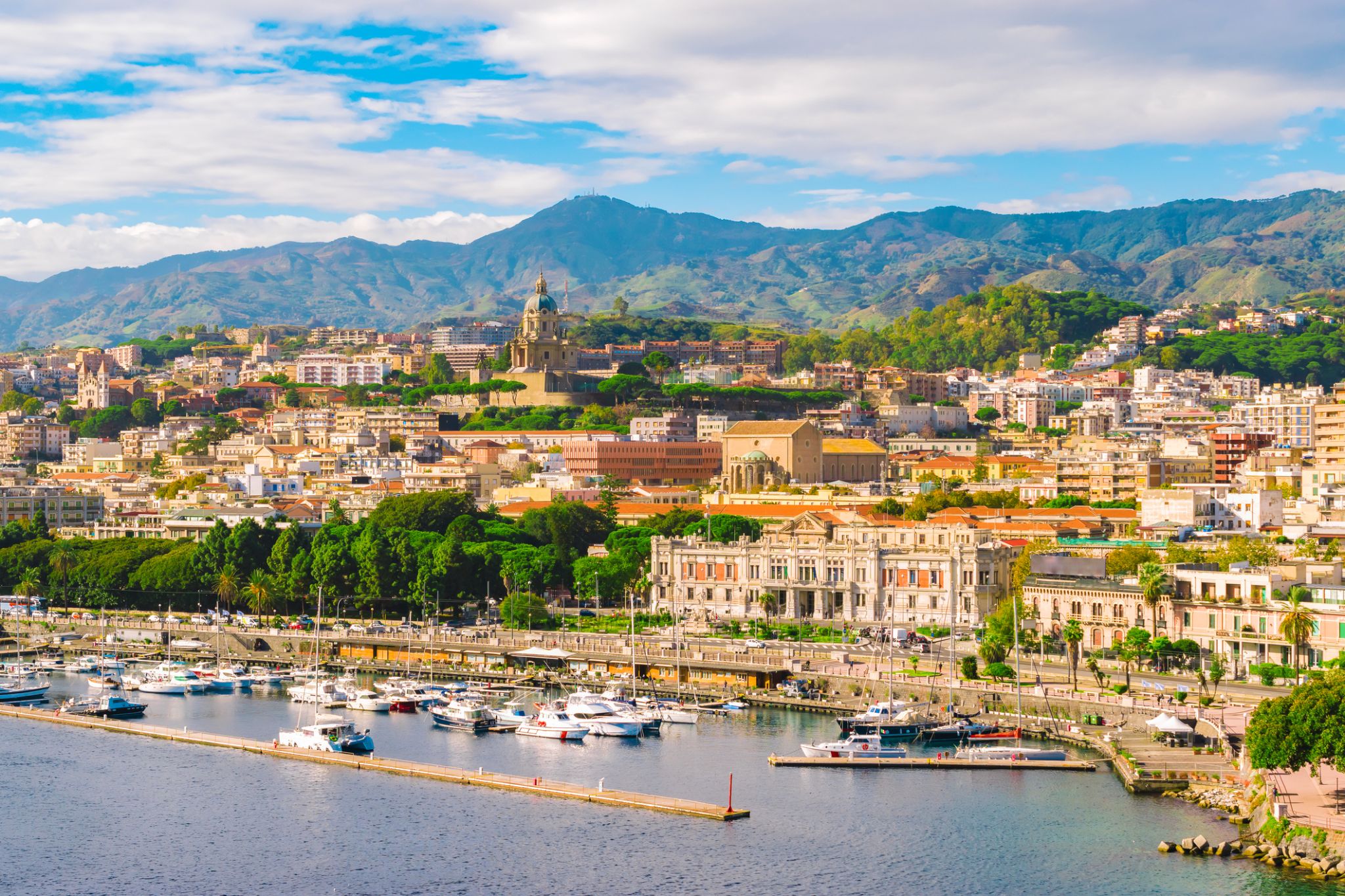 Dzień 3: 07:00-17:00
Dzień 3: 07:00-17:00Messina, wł. Sycylia / Włochy
-
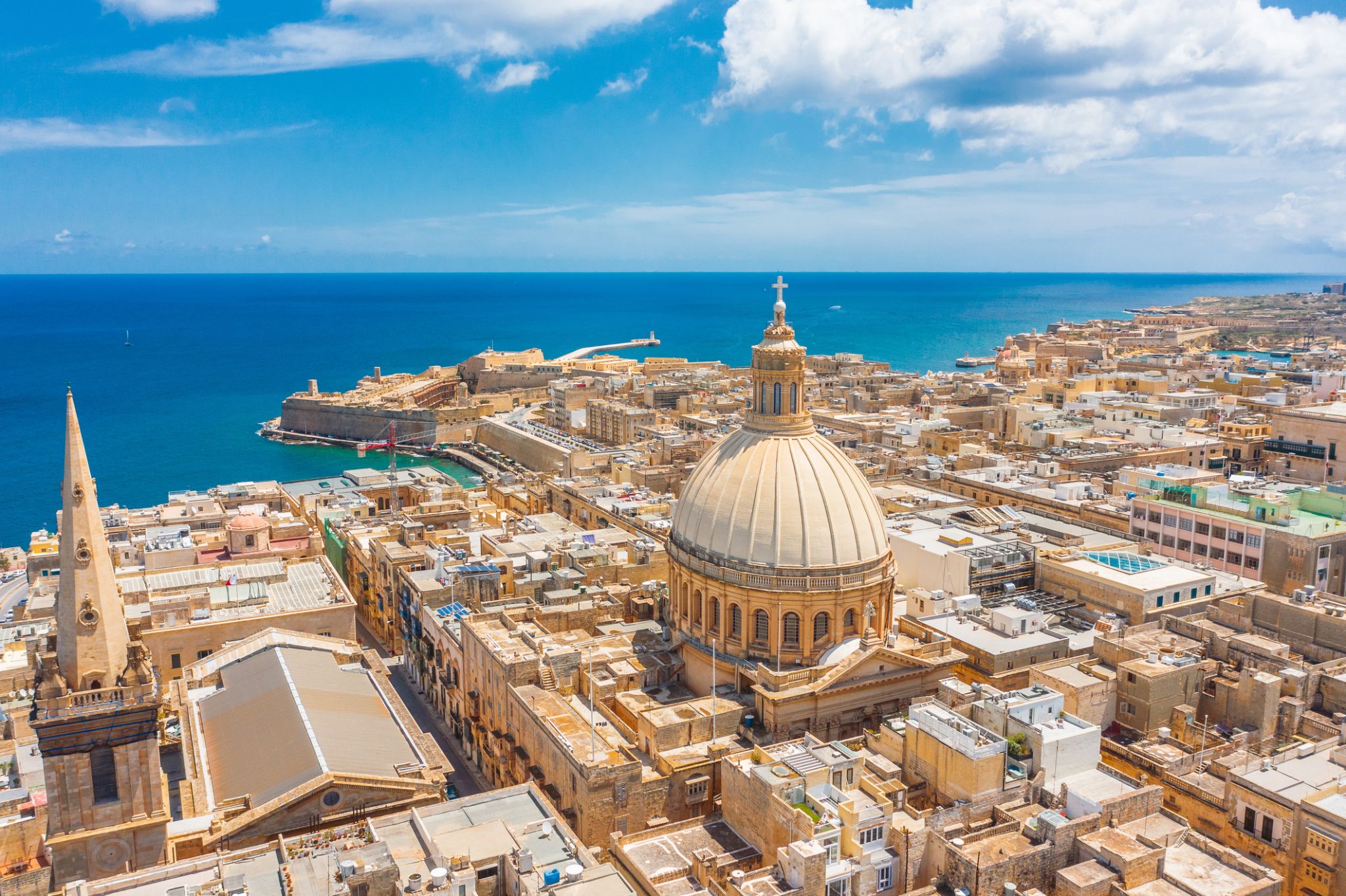 Dzień 4: 07:00-17:00
Dzień 4: 07:00-17:00Valletta / Malta
The capital of Malta - Valletta , is the first and almost the only city in Europe, which was once designed by architects and built according to all the rules and norms of construction. Valletta is considered to be one of the most beautiful cities on the Mediterranean. Klaipeda is on the list of the few remaining fortified towns. The center of the city is the Palace of the Grand Master of the Order of Malta, and today the residence of the President of the country, here is the seat of the Maltese Parliament. The list of places to visit in Valletta includes the Castilla Palace, the Admiralty (where the National Museum of Fine Arts is now located, with the largest painting collection in the country), a charming place in the city - the beautiful Hastings Gardens, and this is not the whole list of the riches of the capital of Malta .
-
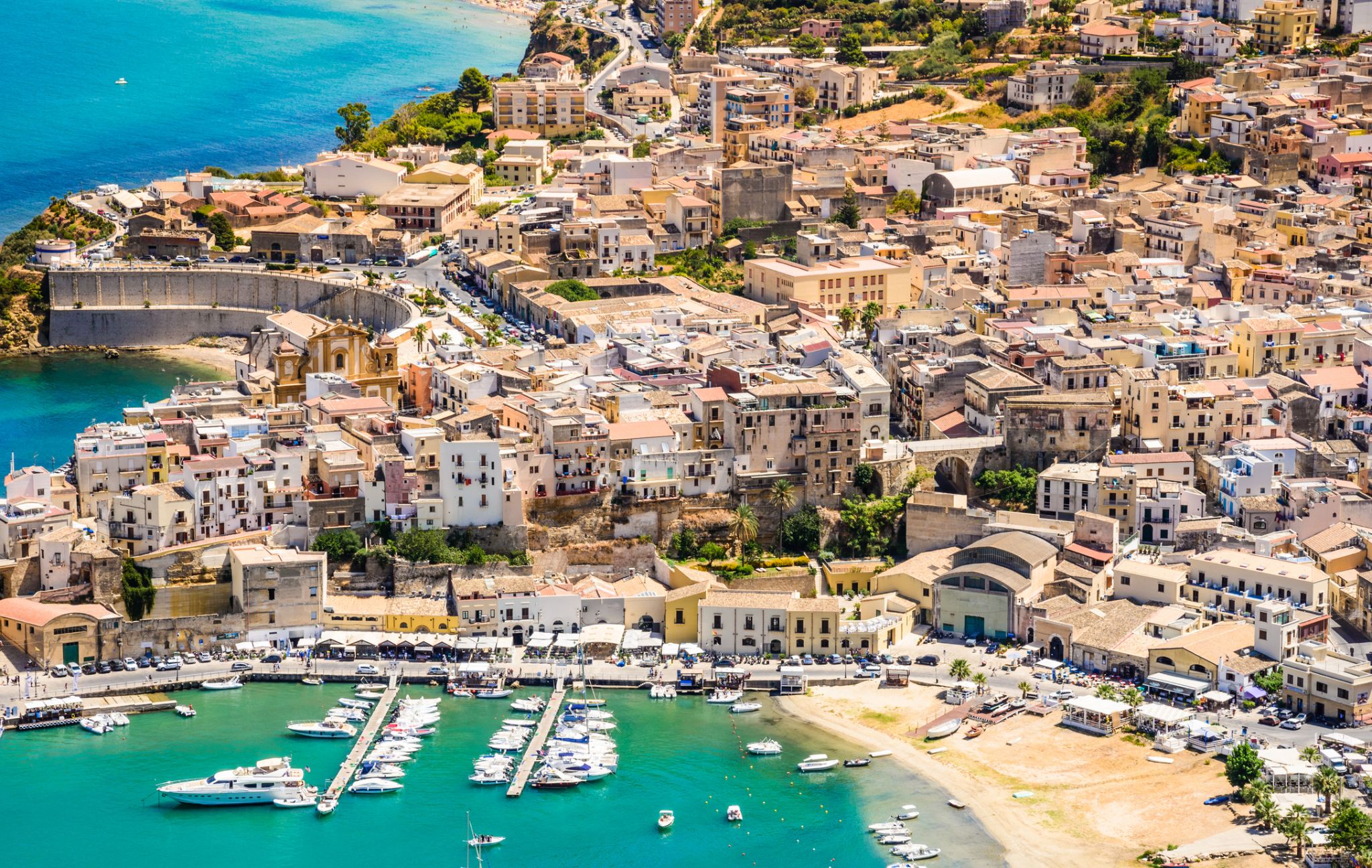 Dzień 5: 07:00-17:00
Dzień 5: 07:00-17:00Trapani / Włochy
-
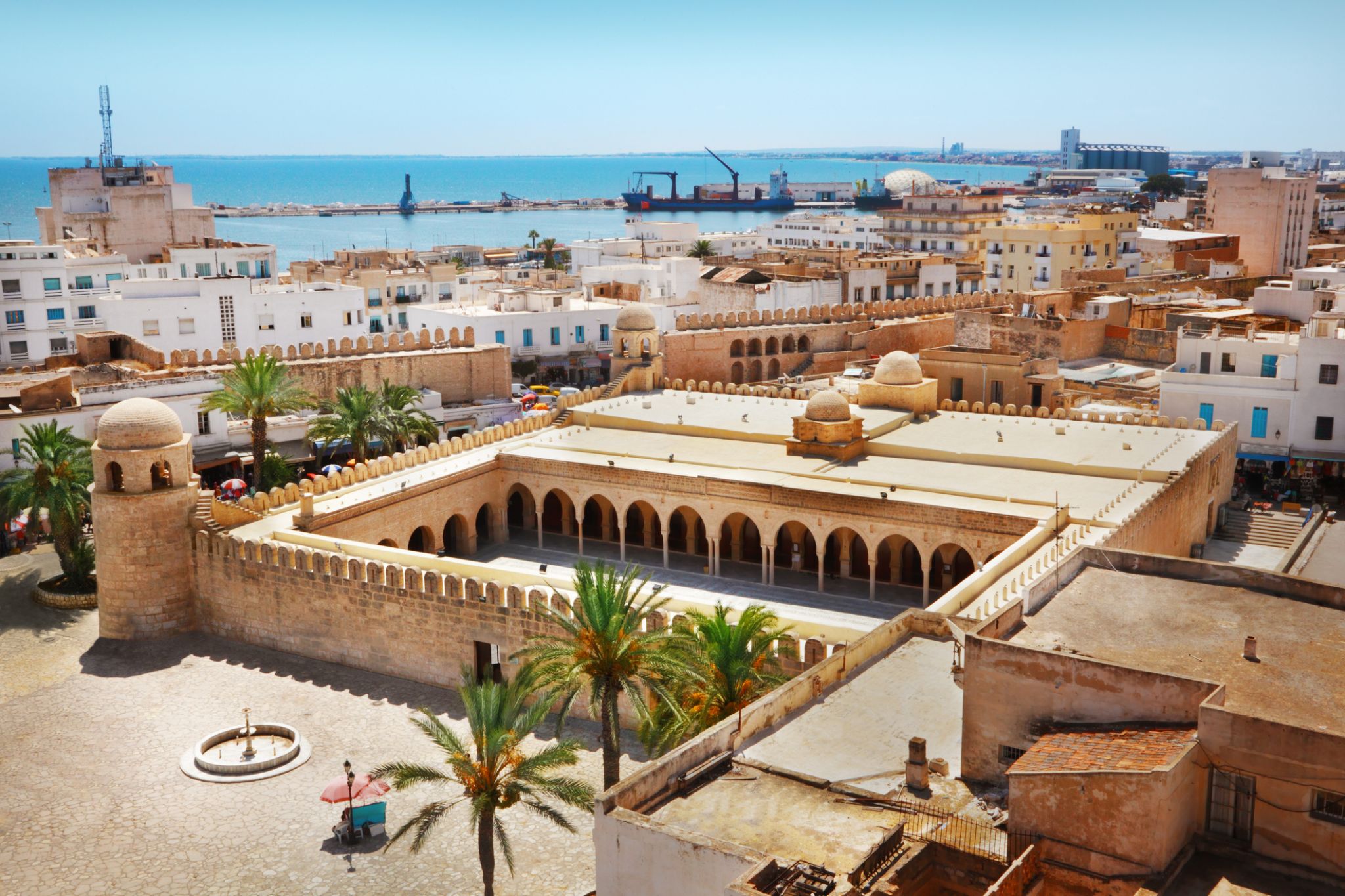 Dzień 6: 07:00-17:00
Dzień 6: 07:00-17:00Tunezja / Tunisia
Tunisia (officially the Republic of Tunisia) is a country in the Maghreb region of North Africa, covering 165,000 square kilometres (64,000 square miles). Its northernmost point, Cape Angela, is the northernmost point on the African continent. It is bordered by Algeria to the west and southwest, Libya to the southeast, and the Mediterranean Sea to the north and east. Tunisia's population was 11.435 million in 2017. Tunisia's name is derived from its capital city, Tunis, which is located on its northeast coast.
-
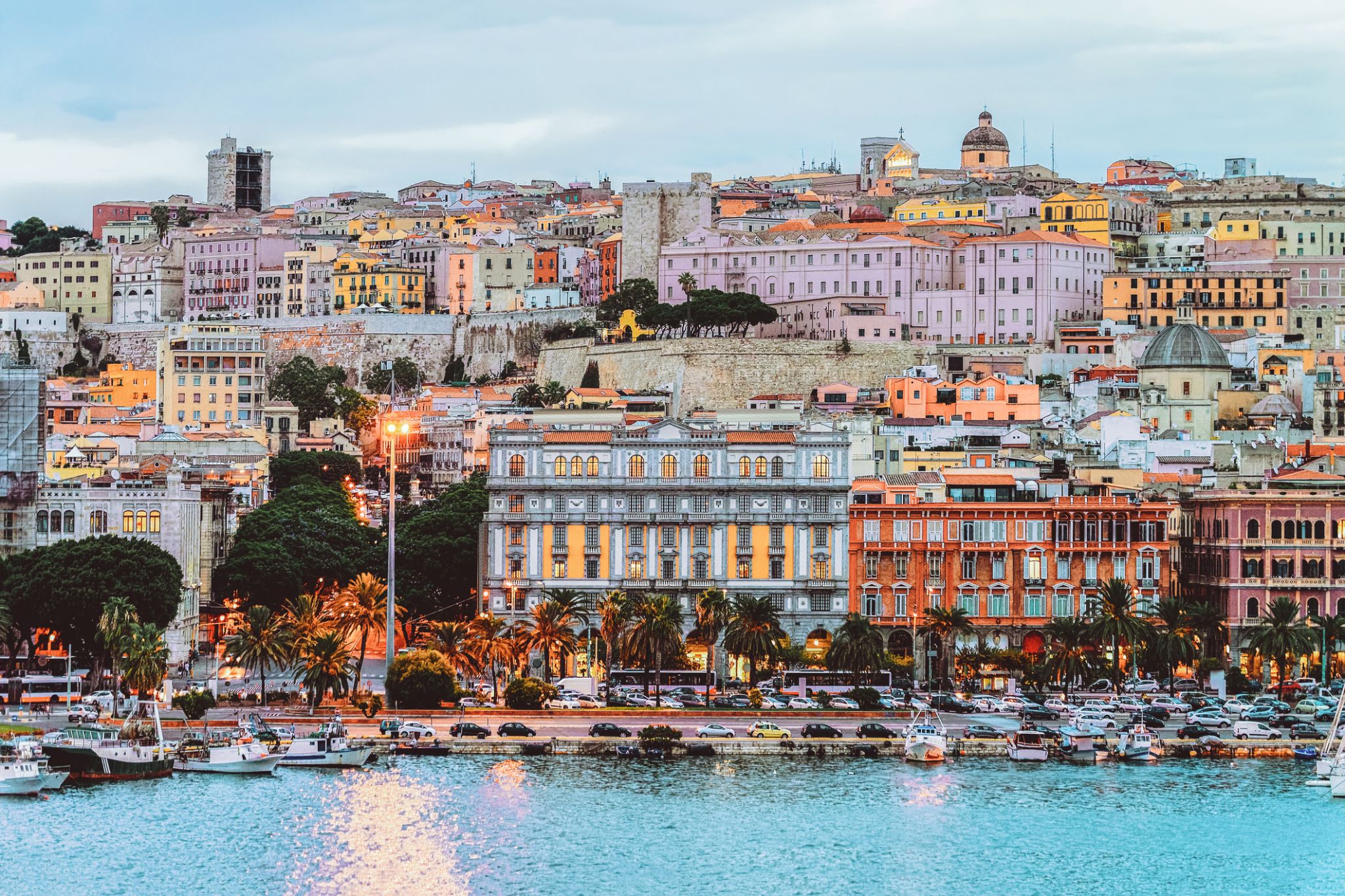 Dzień 7: 07:00-17:00
Dzień 7: 07:00-17:00Cagliari, Sardynia / Włochy
-
 Dzień 8:
Dzień 8:Dzień na morzu / Morze
-
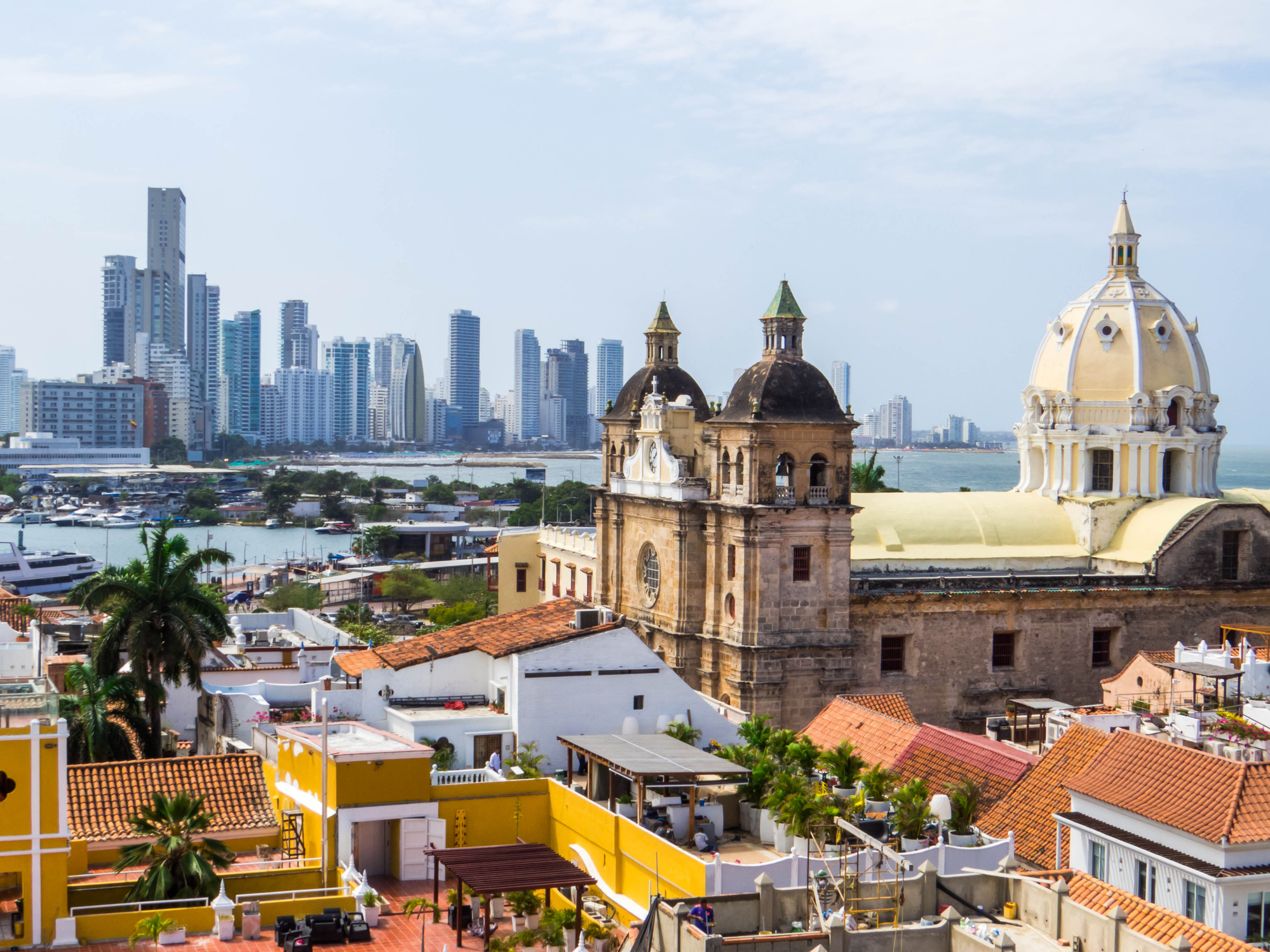 Dzień 9: 07:00-17:00
Dzień 9: 07:00-17:00Cartagena de Indias / Kolumbia
Cartagena de Indias – miasto w północnej Kolumbii, nad Morzem Karaibskim. Jest stolicą departamentu Bolívar. Według spisu ludności z 30 czerwca 2018 roku miasto liczyło 876 885 mieszkańców, co czyniło je trzecim pod względem wielkości populacji miastem kraju.
W mieście rozwinął się przemysł rafineryjny, stoczniowy, chemiczny, włókienniczy, skórzany oraz spożywczy.
-
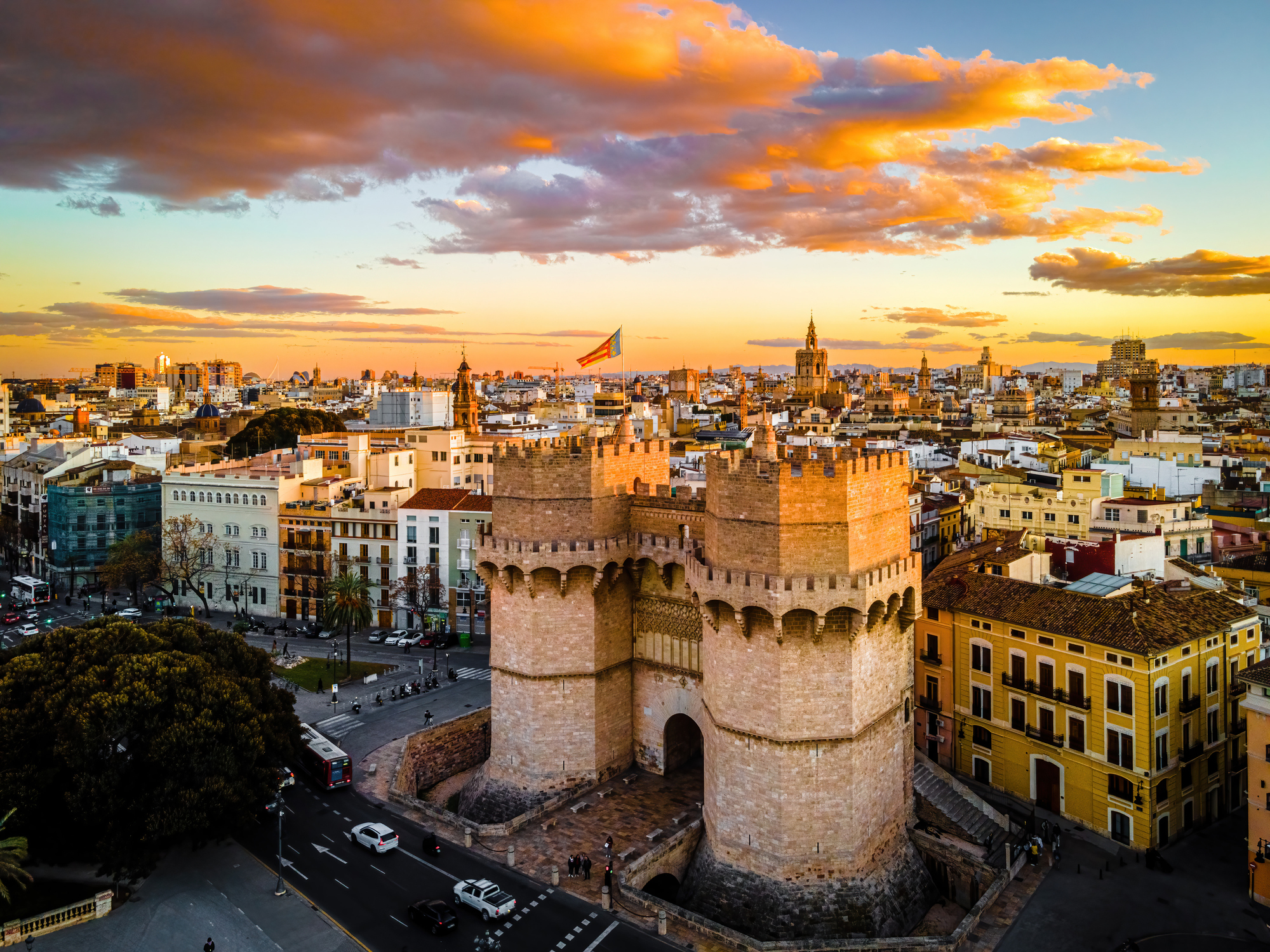 Dzień 10: 07:00-17:00
Dzień 10: 07:00-17:00Walencja / Hiszpania
-
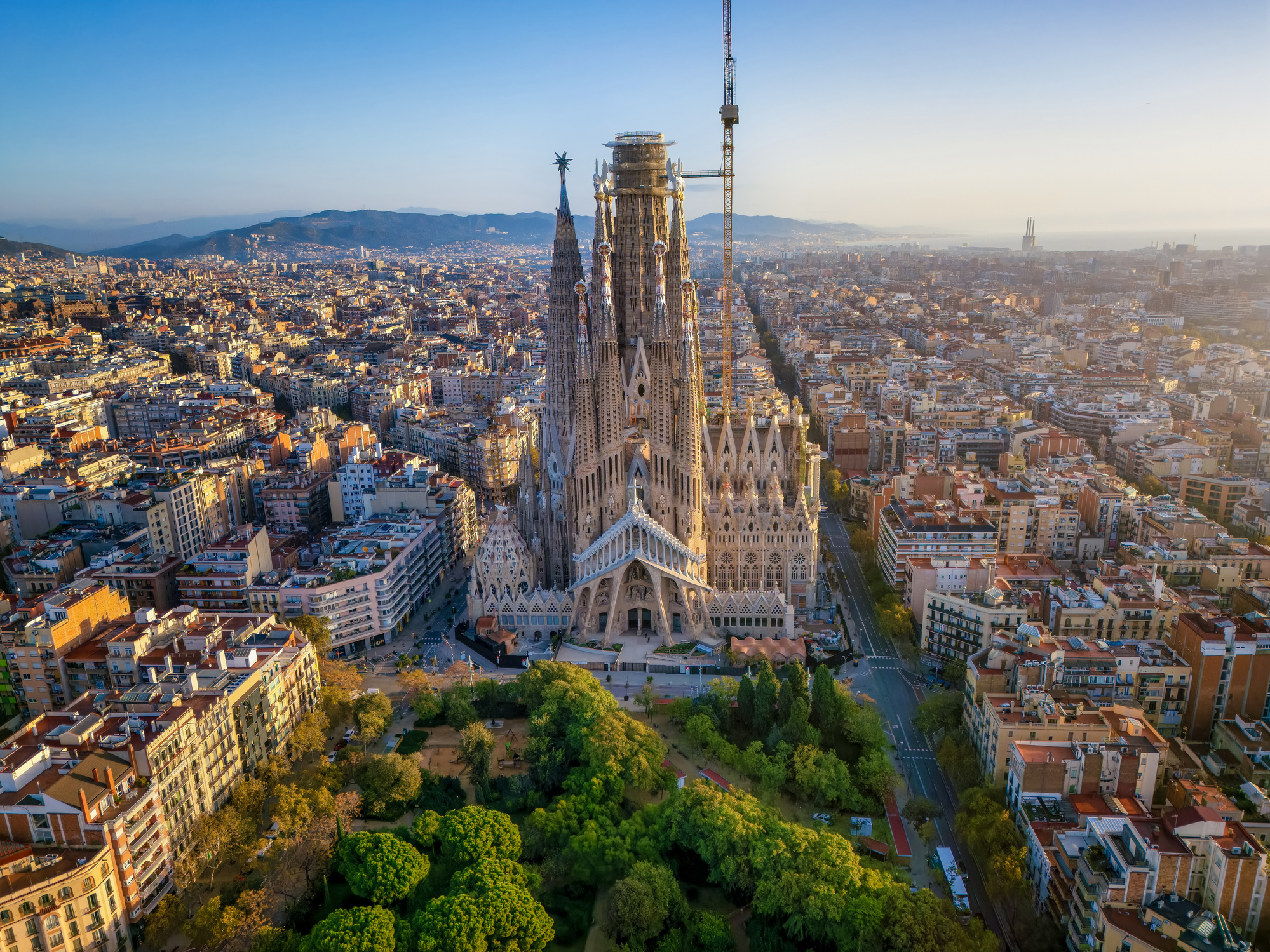 Dzień 11: 07:00-17:00
Dzień 11: 07:00-17:00Barcelona / Hiszpania
Mając reputację jednego z najatrakcyjniejszych miast w Europie, Barcelona świętuje swoją rolę stolicy Katalonii. Kosmopolityczna i międzynarodowa atmosfera miasta sprawia, że jest to ulubione miejsce wielu ludzi na całym świecie. Miasto jest szczególnie znane ze swojej architektury i sztuki – podróżnicy z całego świata przybywają, aby zobaczyć słynną Sagrada Familia i inne modernistyczne zabytki zaprojektowane przez Gaudiego.
Barcelona to miasto z licznymi i oryginalnymi możliwościami spędzania czasu wolnego, które sprawiają, że chcesz tu wracać. Położona na wybrzeżu Morza Śródziemnego Barcelona słynie z arcydzieł Gaudiego i architektury secesyjnej: jest jednym z najbardziej stylowych miast europejskich.
Miasto jest ośrodkiem nowych trendów w świecie kultury, mody i gastronomii. Dopełnieniem kreatywności artystów i projektantów jest ostrożne podejście do tradycyjnych placówek. Barcelona łączy w sobie urok i spokój historycznego centrum z awangardowymi nowoczesnymi dzielnicami i intensywnym tempem życia w jednym z najczęściej odwiedzanych miast na świecie.
-
 Dzień 12:
Dzień 12:Dzień na morzu / Morze
-
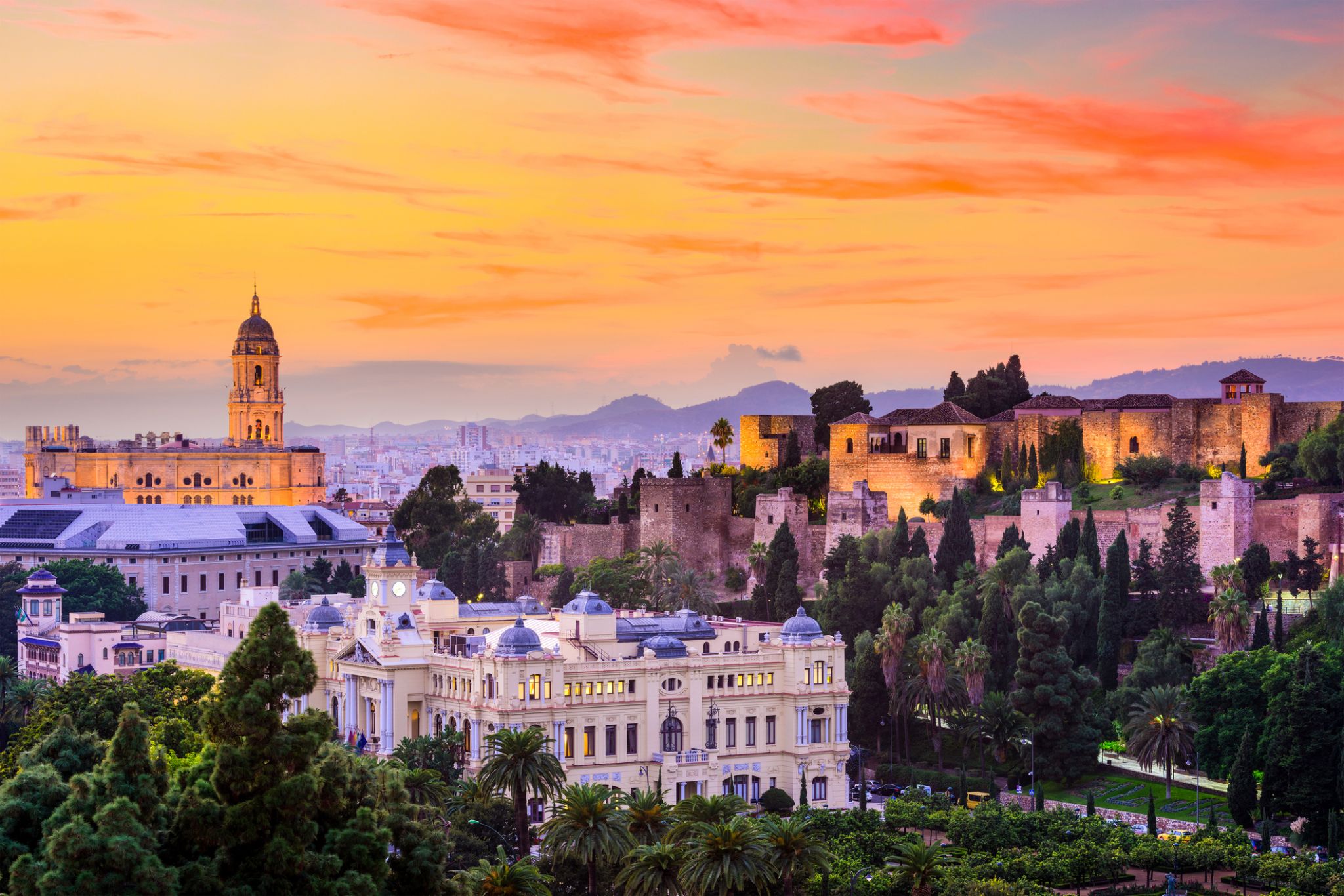 Dzień 13: 07:00-19:00
Dzień 13: 07:00-19:00Malaga / Hiszpania
Málaga is a municipality, capital of the Province of Málaga, in the Autonomous Community of Andalusia, Spain. With a population of 569,130 in 2015, it is the second-most populous city of Andalusia and the sixth-largest in Spain. The southernmost large city in Europe, it lies on the Costa del Sol (Coast of the Sun) of the Mediterranean, about 100 kilometres (62.14 miles) east of the Strait of Gibraltar and about 130 km (80.78 mi) north of Africa.
Málaga's history spans about 2,800 years, making it one of the oldest cities in the world. According to most scholars, it was founded about 770 BC by the Phoenicians as Malaka From the 6th century BC the city was under the hegemony of Ancient Carthage, and from 218 BC, it was ruled by the Roman Republic and then empire as Malaca (Latin). After the fall of the empire and the end of Visigothic rule, it was under Islamic rule as Mālaqah for 800 years, but in 1487, the Crown of Castille gained control after the Reconquista. The archaeological remains and monuments from the Phoenician, Roman, Arabic and Christian eras make the historic center of the city an "open museum", displaying its history of nearly 3,000 years.
This important cultural infrastructure and the artistic heritage have culminated in the nomination of Málaga as a candidate for the 2016 European Capital of Culture.
The painter and sculptor Pablo Picasso, Hebrew poet and Jewish philosopher Solomon Ibn Gabirol and the actor Antonio Banderas were born in Málaga. The magnum opus of Cuban composer Ernesto Lecuona, "Malagueña", is named after the music of this region of Spain.
The most important business sectors in Málaga are tourism, construction and technology services, but other sectors such as transportation and logistics are beginning to expand. The Andalusia Technology Park (PTA), located in Málaga, has enjoyed significant growth since its inauguration in 1992. Málaga is the main economic and financial centre of southern Spain, home of the region's largest bank, Unicaja, and the fourth-ranking city in economic activity in Spain behind Madrid, Barcelona and Valencia.
-
 Dzień 14:
Dzień 14:Dzień na morzu / Morze
-
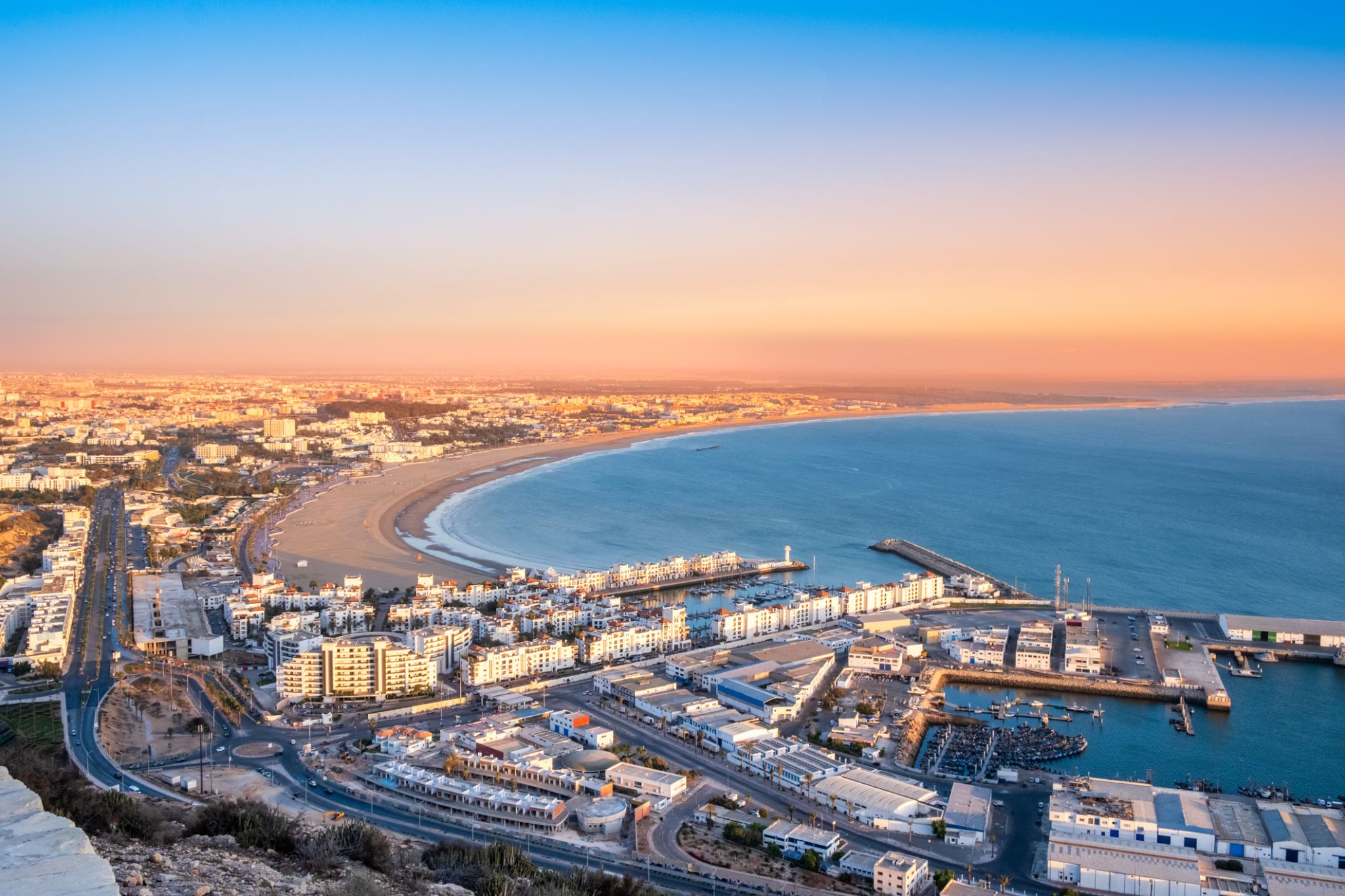 Dzień 15: 07:00-16:00
Dzień 15: 07:00-16:00Agadir / Morocco
Agadir is the center of modern tourism in Morocco. Agadir Beach stretches for 10 km. The beautiful golden beach, surrounded by eucalyptus greenery and pine trees, is the most beautiful place among all Moroccan resorts. In Agadir, tourists will always find entertainment to their liking. Here you can ride camels or thoroughbred horses, play golf and tennis, smoke hookah, or experience all the delights of sea fishing. In the city's restaurants, you can taste the freshest and most delicious seafood, the assortment of which is simply magnificent: sea bass, sardines, tuna, shrimp, lobsters, crayfish. You can buy alcohol everywhere, but remember to do it before eight in the evening. And don't forget to visit the Medina of Agadir – a city built by an Italian architect. Inside the Medina, there are more than 30 shops and workshops.
-
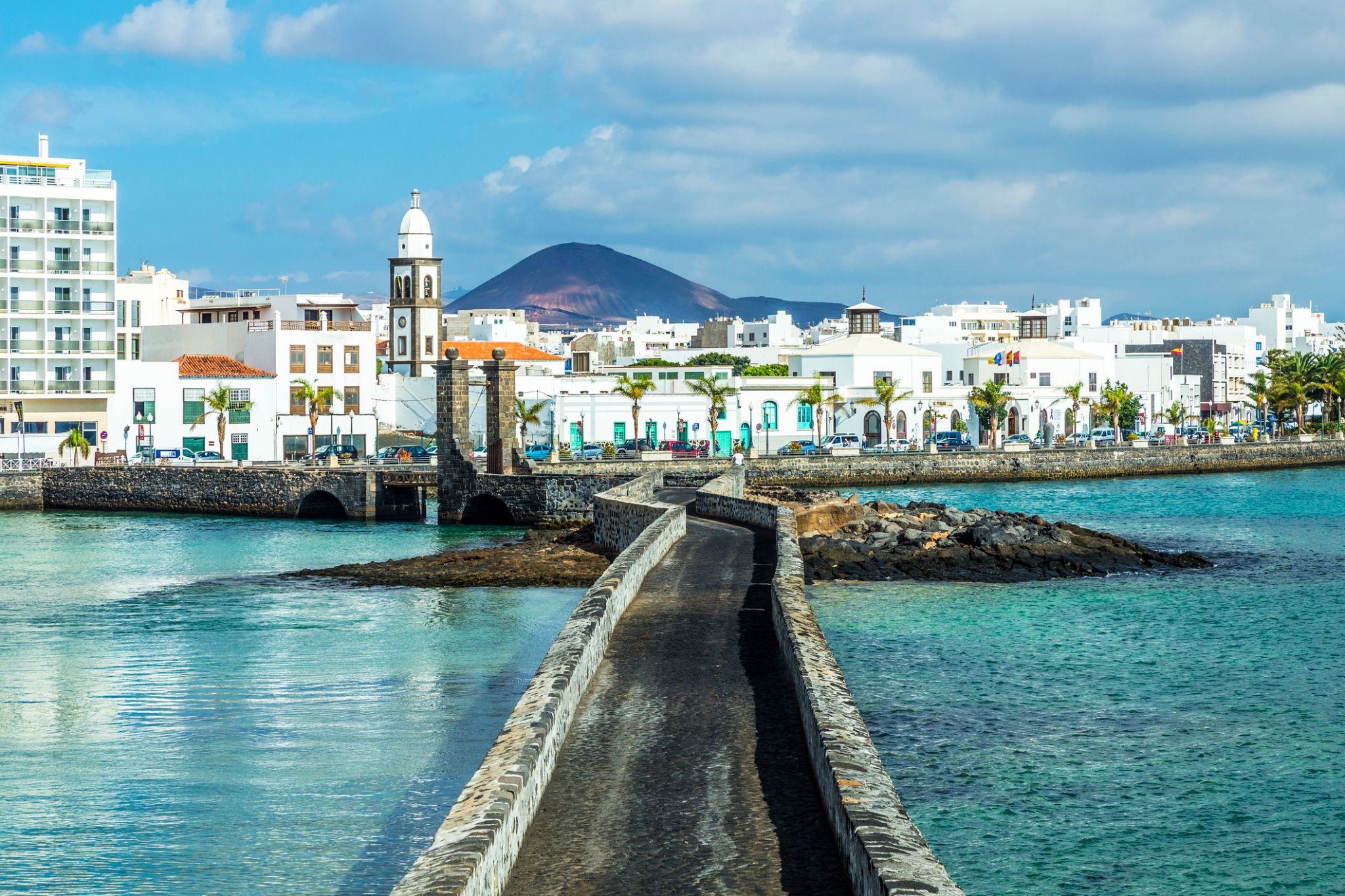 Dzień 16: 07:00-13:00
Dzień 16: 07:00-13:00Arresife / Hiszpania
-
 Dzień 17:
Dzień 17:Dzień na morzu / Morze
-
 Dzień 18:
Dzień 18:Dzień na morzu / Morze
-
 Dzień 19:
Dzień 19:Dzień na morzu / Morze
-
 Dzień 20:
Dzień 20:Dzień na morzu / Morze
-
 Dzień 21:
Dzień 21:Dzień na morzu / Morze
-
 Dzień 22:
Dzień 22:Dzień na morzu / Morze
-
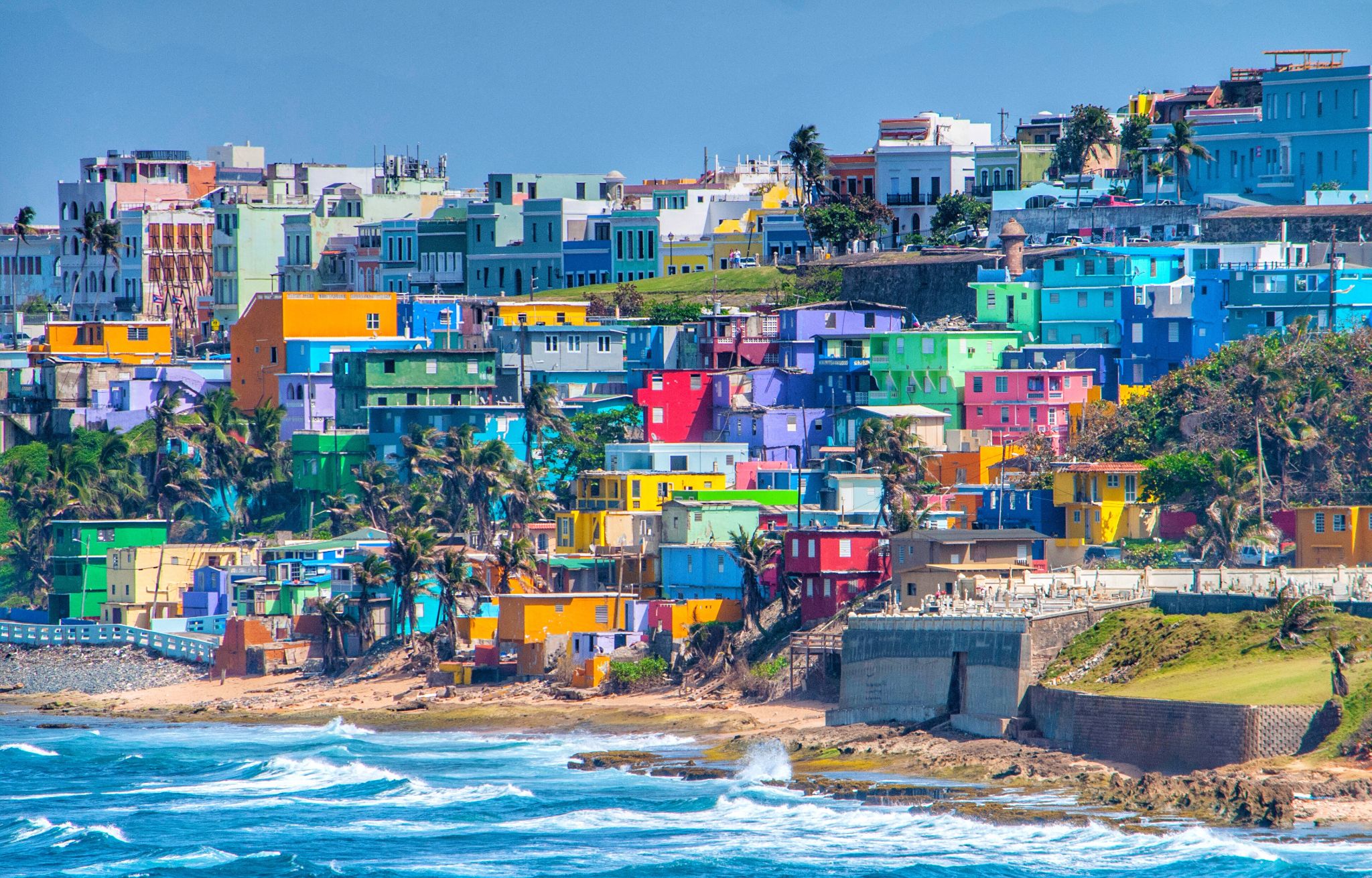 Dzień 23: 11:00-20:00
Dzień 23: 11:00-20:00San Juan / Portoryko
San Juan
-
 Dzień 24:
Dzień 24:Dzień na morzu / Morze
-
 Dzień 25:
Dzień 25:Dzień na morzu / Morze
-
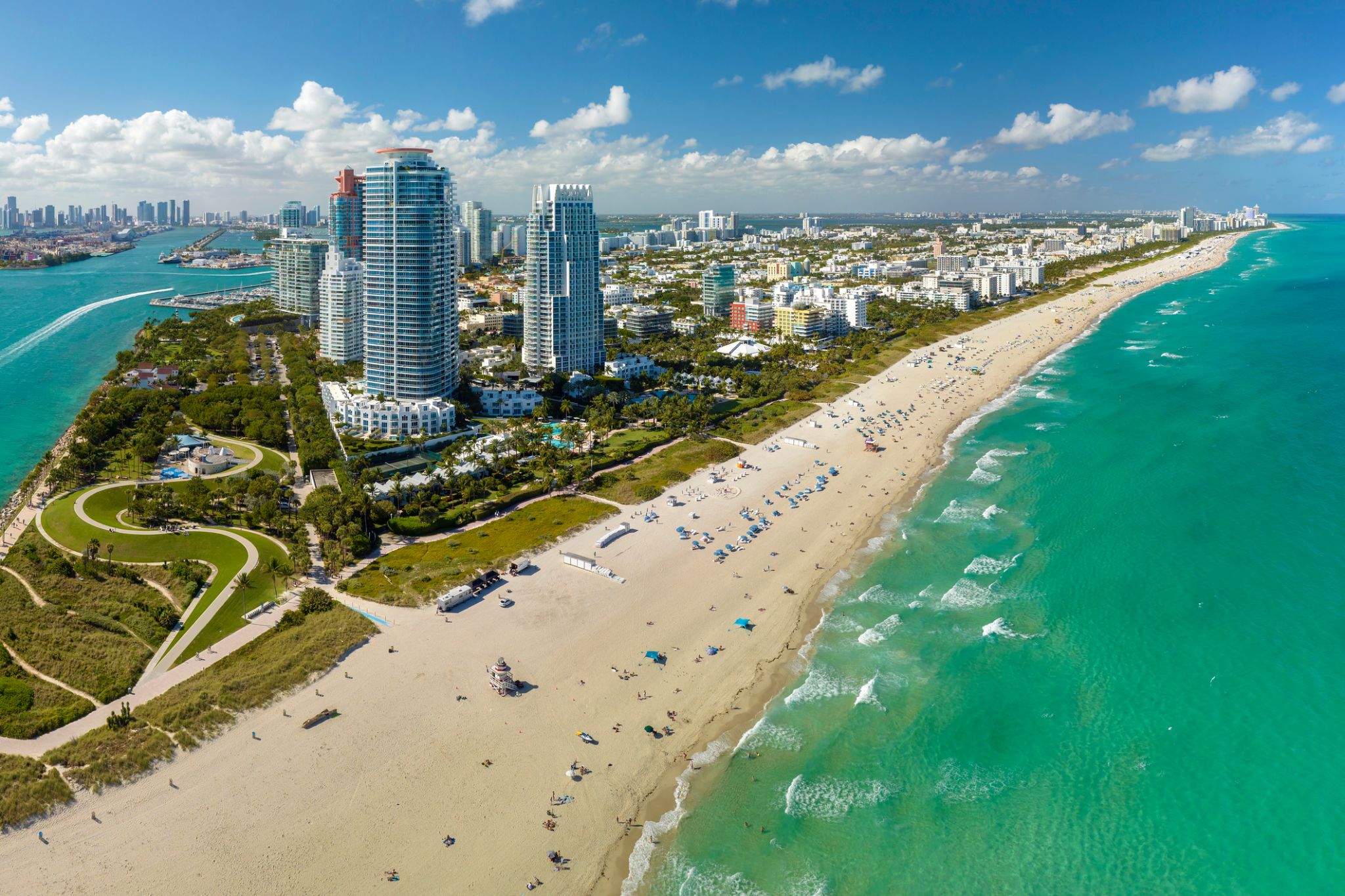 Dzień 26: 07:00-16:00
Dzień 26: 07:00-16:00Miami / USA
Miami, officially the City of Miami, is the cultural, economic and financial center of South Florida. Miami is the seat of Miami-Dade County, the most populous county in Florida. The city covers an area of about 56.6 square miles (147 km2), between the Everglades to the west and Biscayne Bay on the east; with a 2017 estimated population of 463,347, Miami is the sixth most densely populated major city in the United States. The Miami metropolitan area is home to 6.1 million people and the seventh-largest metropolitan area in the nation. Miami's metro area is the second-most populous metropolis in the southeastern United States and fourth-largest urban area in the U.S.
Miami is a major center, and a leader in finance, commerce, culture, media, entertainment, the arts, and international trade. The Miami Metropolitan Area is by far the largest urban economy in Florida and the 12th largest in the United States with a GDP of $344.9 billion as of 2017. In 2012, Miami was classified as an "Alpha−" level world city in the World Cities Study Group's inventory. In 2010, Miami ranked seventh in the United States and 33rd among global cities in terms of business activity, human capital, information exchange, cultural experience, and political engagement. In 2008, Forbes magazine ranked Miami "America's Cleanest City", for its year-round good air quality, vast green spaces, clean drinking water, clean streets, and citywide recycling programs. According to a 2009 UBS study of 73 world cities, Miami was ranked as the richest city in the United States, and the world's seventh-richest city in terms of purchasing power. Miami is nicknamed the "Capital of Latin America" and is the largest city with a Cuban-American plurality.
Greater Downtown Miami has one of the largest concentrations of international banks in the United States, and is home to many large national and international companies. The Civic Center is a major center for hospitals, research institutes, medical centers, and biotechnology industries. For more than two decades, the Port of Miami, known as the "Cruise Capital of the World", has been the number one cruise passenger port in the world. It accommodates some of the world's largest cruise ships and operations, and is the busiest port in both passenger traffic and cruise lines. Metropolitan Miami is also a major tourism hub in the southeastern U.S. for international visitors, ranking number two in the country after New York City.
